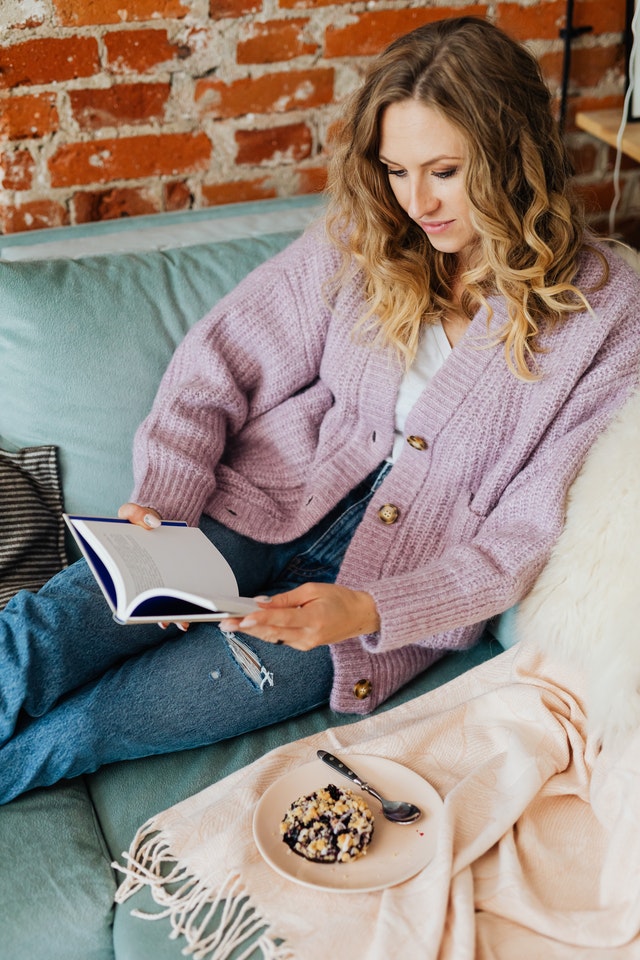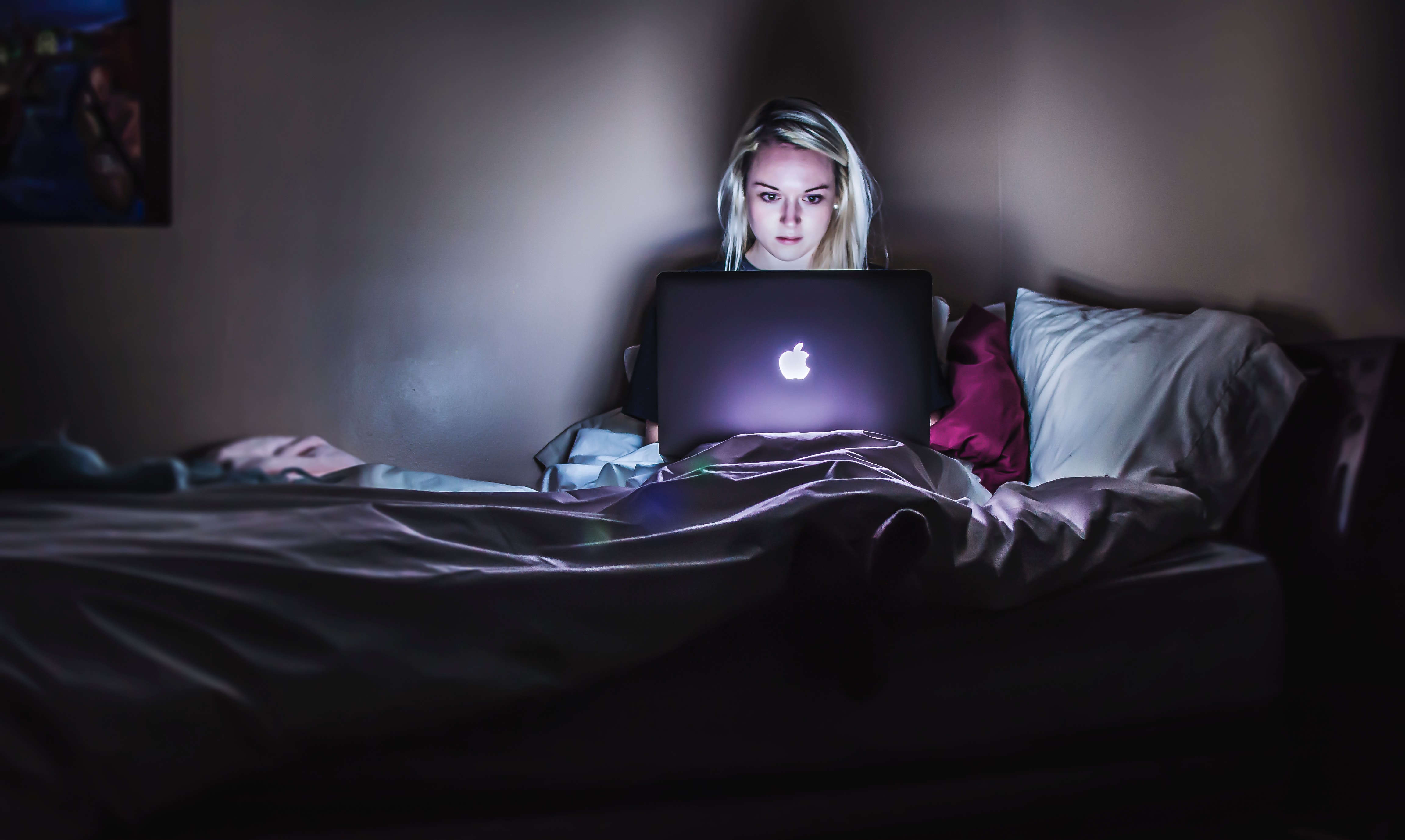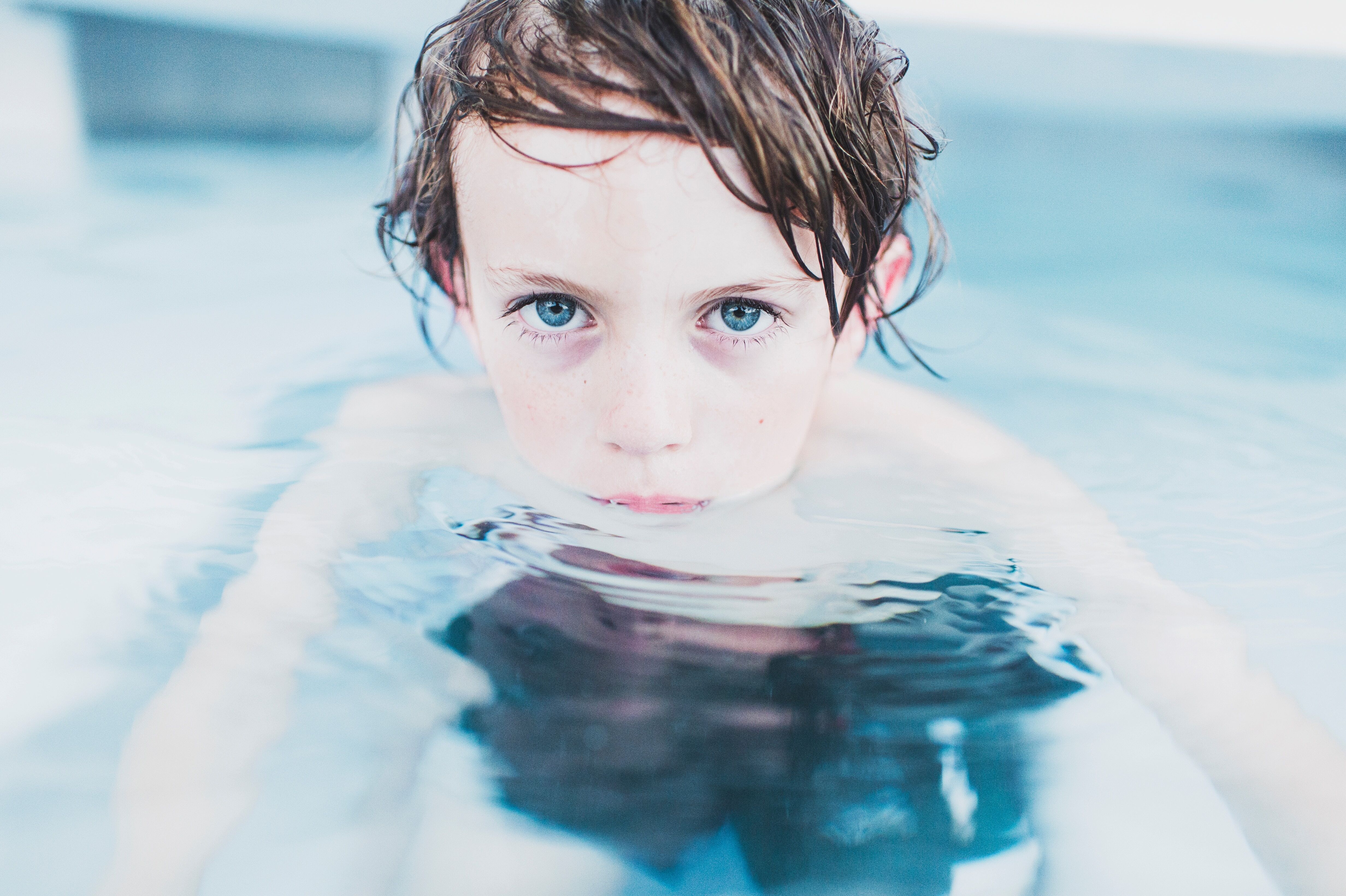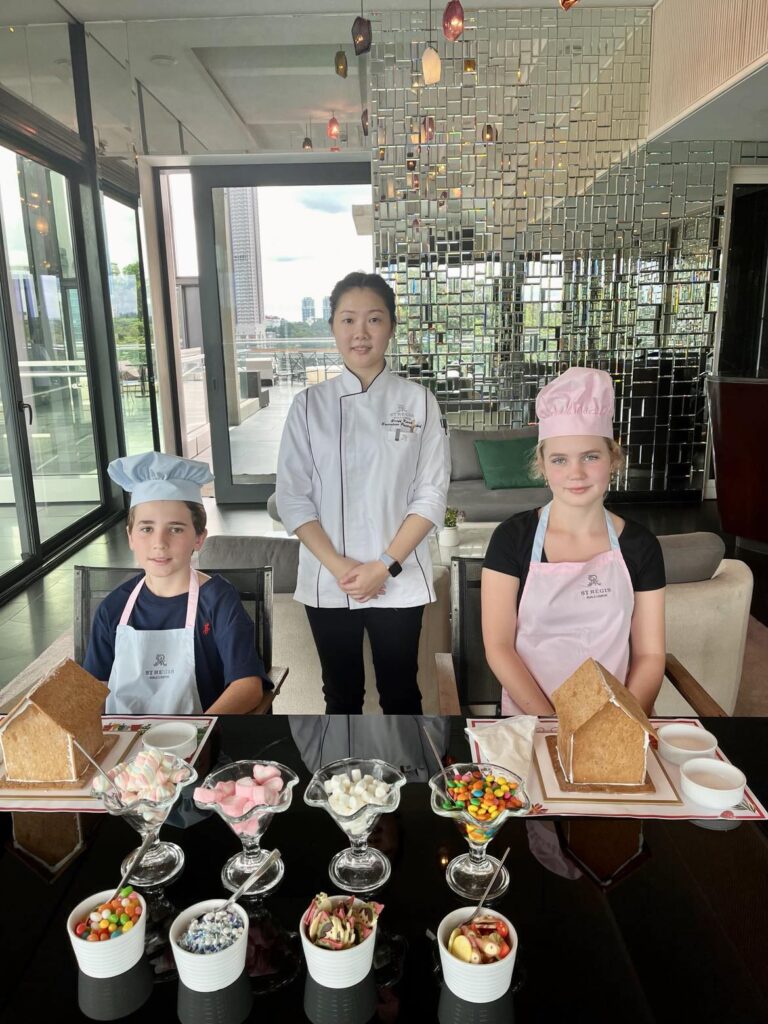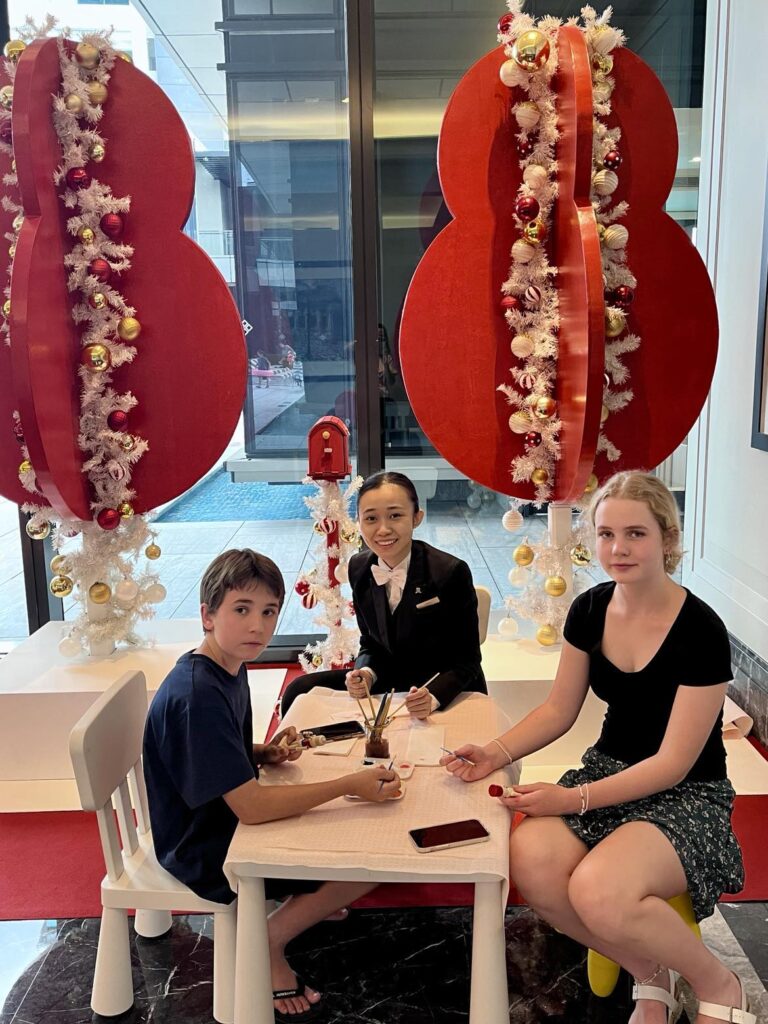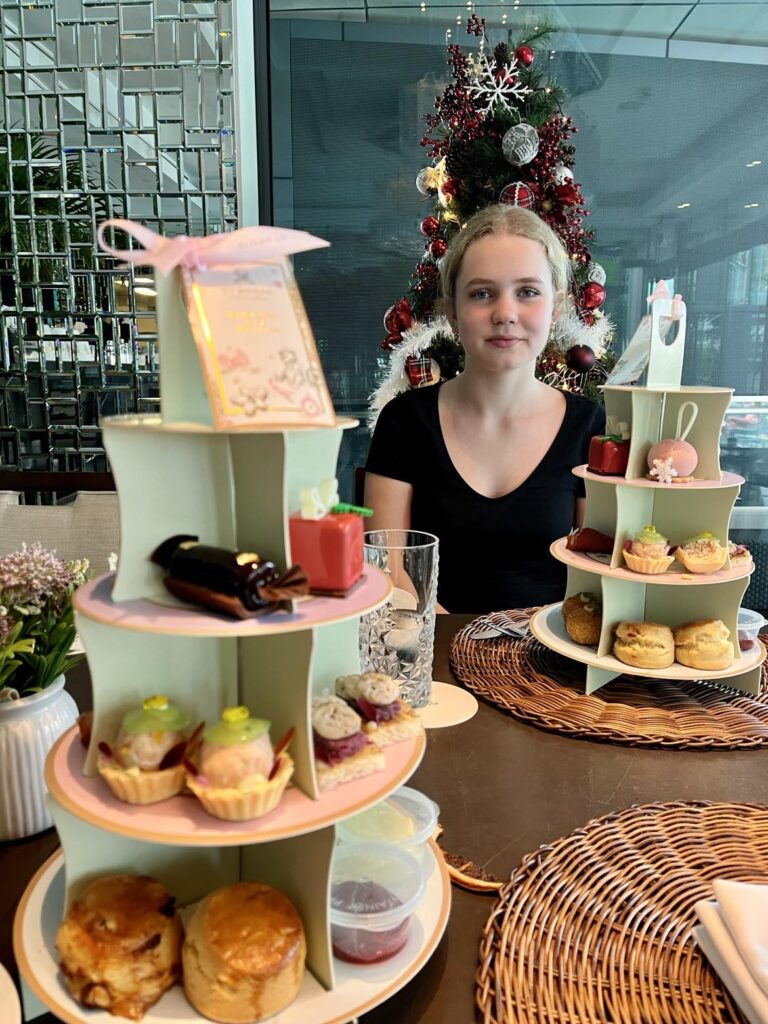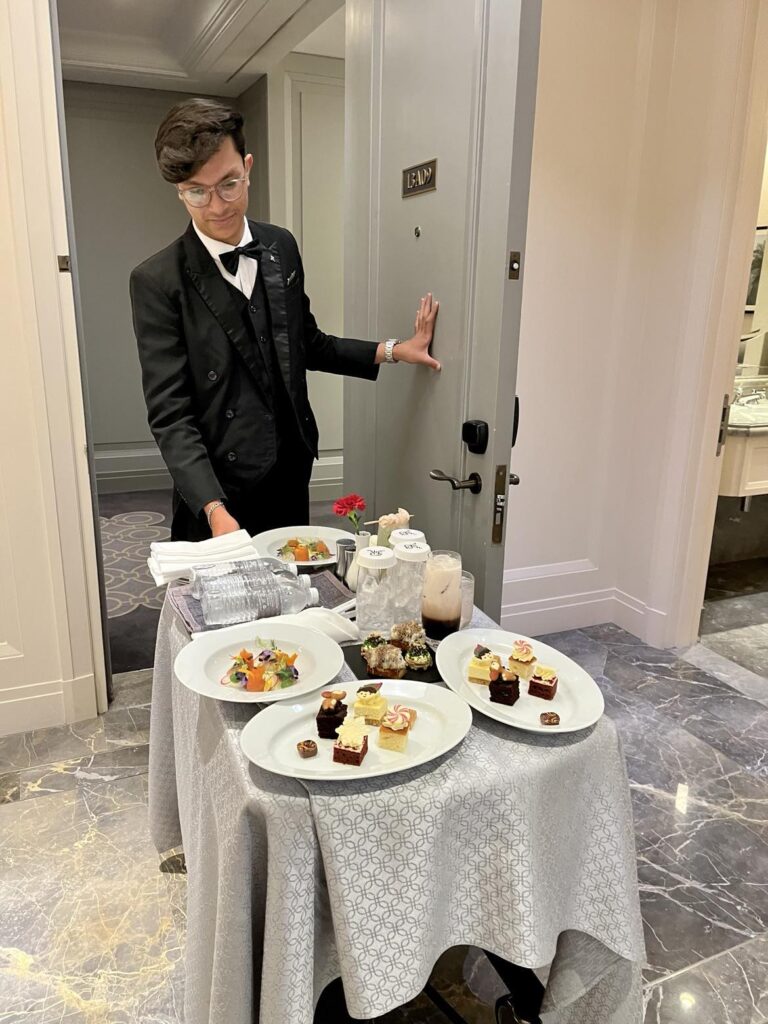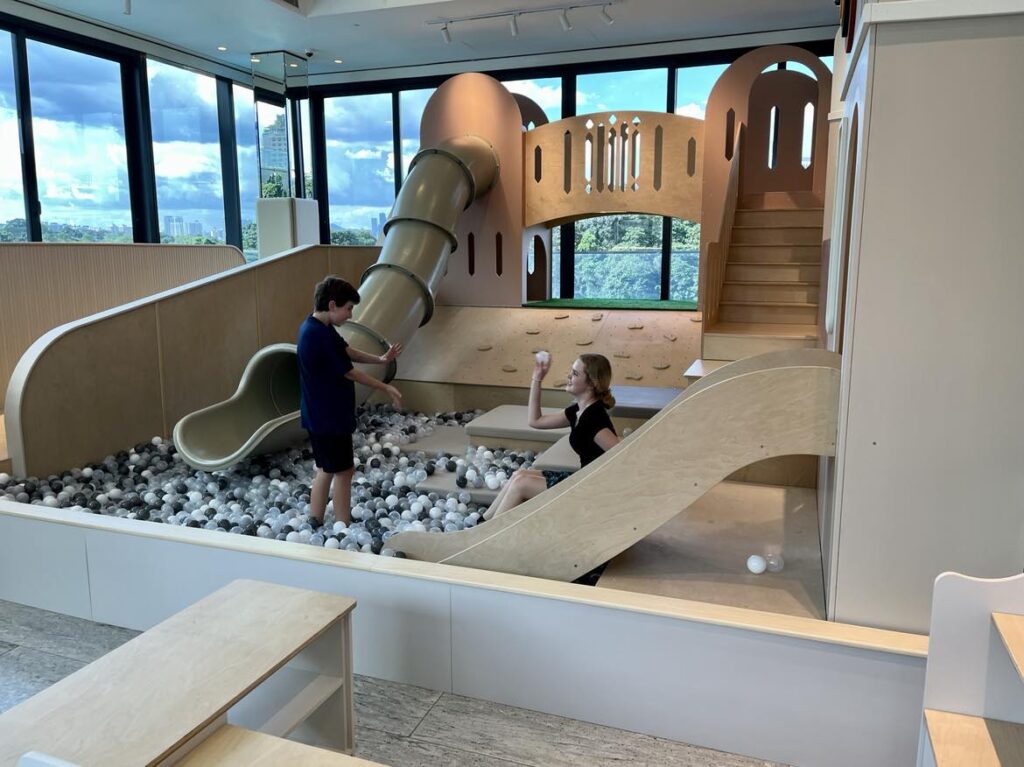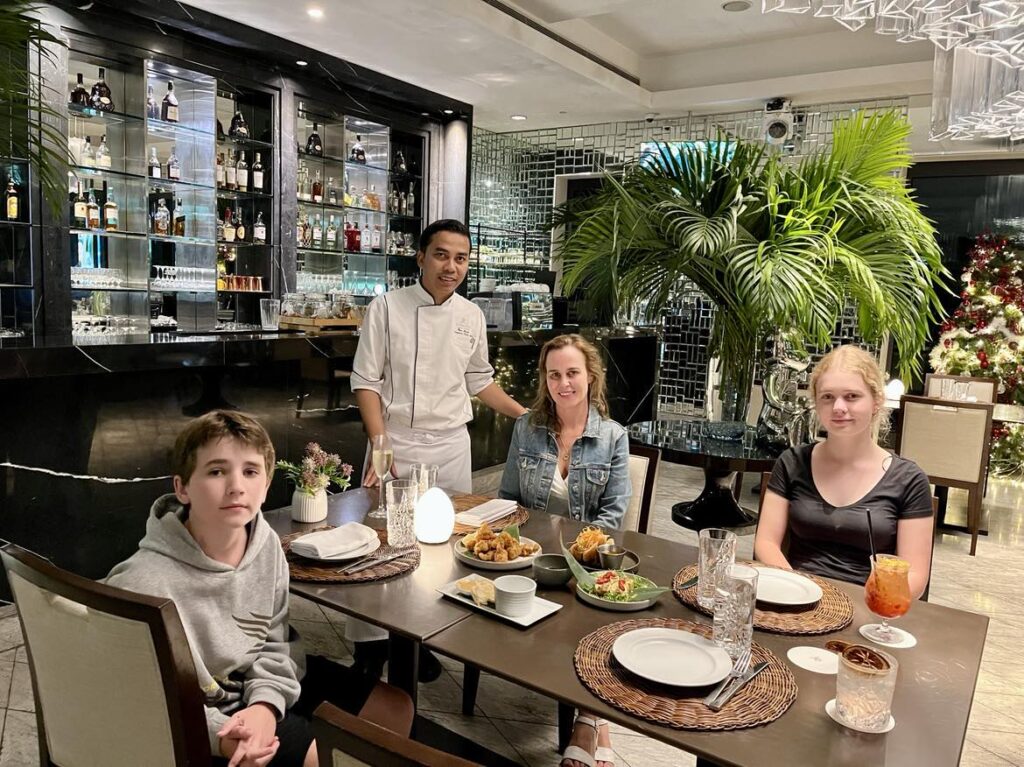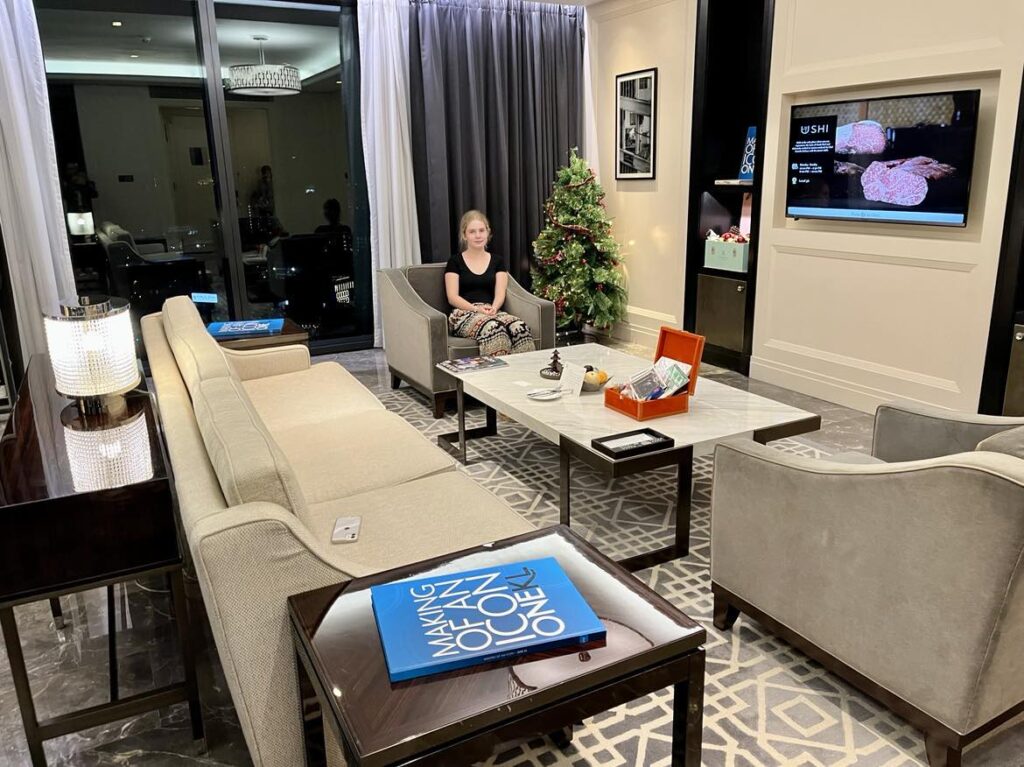In the age of excessive on-the-go anxiety, the science is evident, if you want your mind and body to last and thrive…you’ve got to prioritise them. Healing your nervous system is an unceasing journey, and fulfilling these 10 steps, will work towards a healthier mind and body daily.
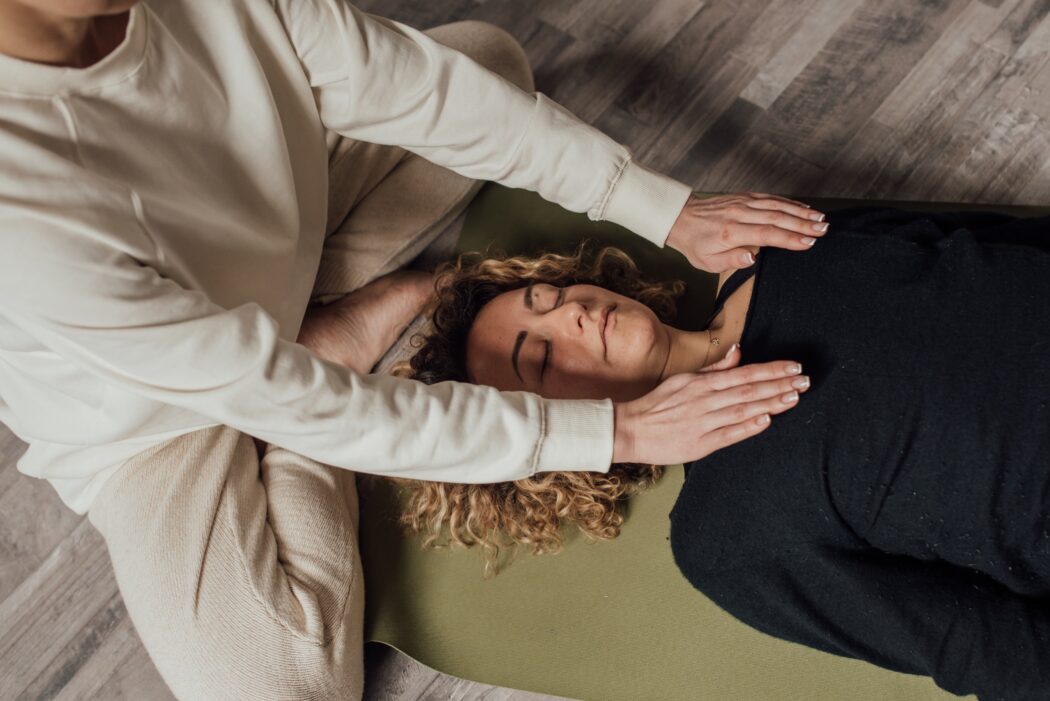
Nearly one in six of the world’s population suffer from neurological disorders in direct relation to the nervous system. These neurological disorders range from Parkinson’s disease to stroke, Alzheimers, Multiple Sclerosis, epilepsy, migraine, brain injury and nueroinfections. The UN World Health Organisation studies exhibit people in all countries, irrespective of age, sex, income or education, are affected by triggers in direct relation to an overactive or neglected nervous system.
The nervous system is the bodies communication centre. Originating from the brain, it controls movements, memory, feelings, automatic responses and the bodies systems and processes, including digestion, breathing and sexual development (puberty).
A vast network of nerves send electrical signals to and from other cells, glands, and muscles throughout the body, receiving information from the environment and interpreting the information to control bodily responses.
Following these 10 guided tips to healing and regulating an overactive nervous system is the first step toward a healthier you today.
1. Meditation and breath work
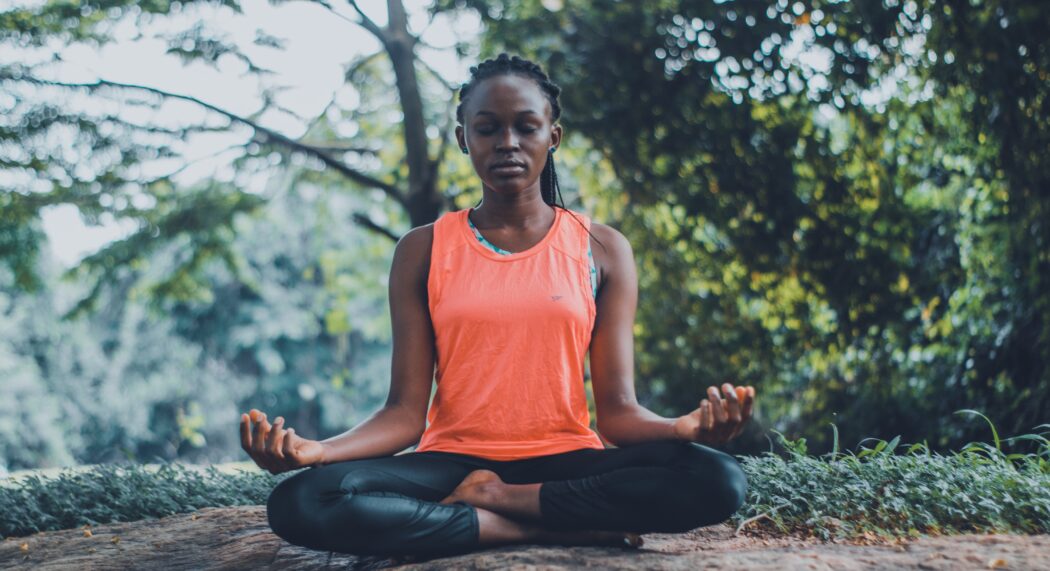 It is the repeated, as well as the tried and true, magic of meditation and breath work, that can heal a range of bodily stresses and ultimately tap into the healing process of your parasympathetic nervous system. Just five minutes a day of deep breathing through your nose is clinically proven to reduce stress and anxiety. Gentle yoga, breath work and meditation classes all work to move the body out of the fight or flight stress response, instead grounding and bringing the mind back to the present moment and in turn generating a healthier nervous system.
It is the repeated, as well as the tried and true, magic of meditation and breath work, that can heal a range of bodily stresses and ultimately tap into the healing process of your parasympathetic nervous system. Just five minutes a day of deep breathing through your nose is clinically proven to reduce stress and anxiety. Gentle yoga, breath work and meditation classes all work to move the body out of the fight or flight stress response, instead grounding and bringing the mind back to the present moment and in turn generating a healthier nervous system.
2. Cold water
 Opting for a cold shower or an ocean swim, will kickstart repair and healing in your body and nervous system. Cold water stimulates the immune system and activates the vagus nerve, reducing stress response. The vagus nerve is apart of the autonomic nervous system, connecting the brain to our digestive tract and working as a highway between brain and gut.
Opting for a cold shower or an ocean swim, will kickstart repair and healing in your body and nervous system. Cold water stimulates the immune system and activates the vagus nerve, reducing stress response. The vagus nerve is apart of the autonomic nervous system, connecting the brain to our digestive tract and working as a highway between brain and gut.
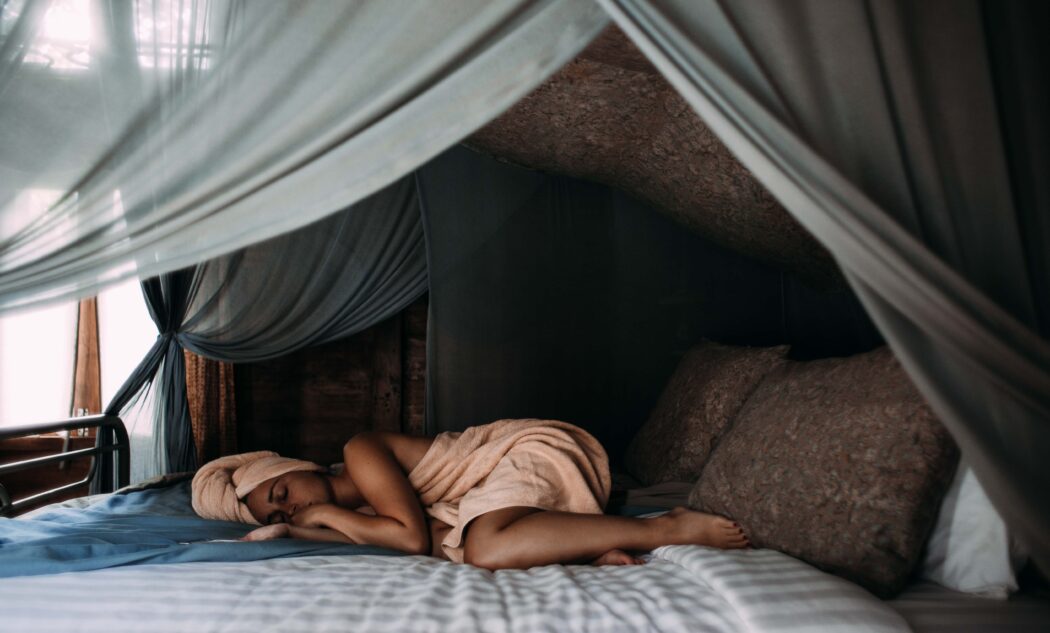 We have all been ingrained with the ineradicable importance of sleep on both our mental and physical health, and there is nothing more essential when healing and protecting the nervous system. Building and supporting a strong immune and nervous system, is directly linked to our sleep cycle. Majority of people need between 7-9 hours a night, however with statistics presenting the average person is receiving less than 7. If you struggle to get a good nights rest, lavender diffusers, eye masks and turning screens off an hour before bed, may help to set your sleep pattern and ultimately help to heal an overactive or weakened nervous system.
We have all been ingrained with the ineradicable importance of sleep on both our mental and physical health, and there is nothing more essential when healing and protecting the nervous system. Building and supporting a strong immune and nervous system, is directly linked to our sleep cycle. Majority of people need between 7-9 hours a night, however with statistics presenting the average person is receiving less than 7. If you struggle to get a good nights rest, lavender diffusers, eye masks and turning screens off an hour before bed, may help to set your sleep pattern and ultimately help to heal an overactive or weakened nervous system.
4. Limit your caffeine and alcohol Intake
 Alcohol is a sedative that slows down both the central nervous system and brain processing. This effect is why people who drink may feel calmer or more relaxed. Caffeine, conversely, is a stimulant, and high doses can cause side effects like anxiety and nervousness. Consuming caffeine stimulates your central nervous system and brain to feel awake, increasing alertness and boosting brain activity. However, caffeine blocks the brain chemical adenosine, which leads to feelings of tiredness. Consumption of both substances tend to dehydrate us, heighten anxiety as well as lead to sleep and digestive issues that work against the immune and nervous system.
Alcohol is a sedative that slows down both the central nervous system and brain processing. This effect is why people who drink may feel calmer or more relaxed. Caffeine, conversely, is a stimulant, and high doses can cause side effects like anxiety and nervousness. Consuming caffeine stimulates your central nervous system and brain to feel awake, increasing alertness and boosting brain activity. However, caffeine blocks the brain chemical adenosine, which leads to feelings of tiredness. Consumption of both substances tend to dehydrate us, heighten anxiety as well as lead to sleep and digestive issues that work against the immune and nervous system.
5. Fruit and vegetables
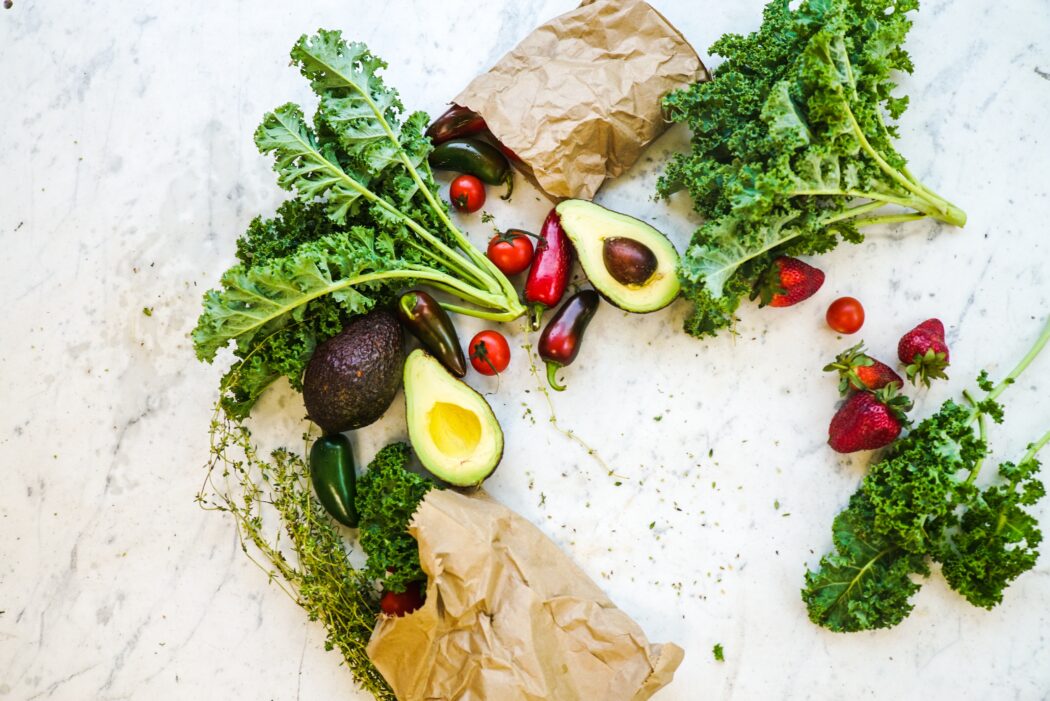 A healthy diet filled with fruit and root vegetables is both nourishing and repairing to the nervous system. Foods to heal both the adrenals* and nervous system include:
A healthy diet filled with fruit and root vegetables is both nourishing and repairing to the nervous system. Foods to heal both the adrenals* and nervous system include:
Foods to support the Adrenals:
*The adrenals produce hormones that regulate your metabolism, immune system, blood pressure, stress response and other essential functions.
- Bananas
- Broccoli
- Bone Broth
- Cauliflower
- Cottage Cheese
- Kiwi
- Orange Juice
- Papaya
- Turkey
- Red Bell Peppers
- Liver
Foods to support the Nervous System:
- Avocados
- Bananas
- Bone Broth
- Carrots
- Cherries
- Coconut Water
- Collagen
- Leafy Greens
- Orange Juice
- Oysters
- Salmon
- Organ Meats
- Sunflower Seeds
- Walnuts
- Tropical Fruits
6. Smarter exercise
 Often when we feel stressed or our mind is running wild, we opt for cardio or high-intensity workouts to burn off steam. While this can be an option, many may find it too stimulating, and in whole, taking a greater toll on their adrenals and nervous system. Grounding exercises , such as walking, yoga and pilates may be more beneficial for somebody stuck in their fight-or-flight stress response. Remember that, stress (cortisol) is addictive, so many crave to continue their imbalance. Weightlifting is also said to be beneficial for the nervous system, offering proprioceptive input. Fast running or high impact activities such as kick-boxing continue to stimulate an overactive nervous system rather then de-regulate it.
Often when we feel stressed or our mind is running wild, we opt for cardio or high-intensity workouts to burn off steam. While this can be an option, many may find it too stimulating, and in whole, taking a greater toll on their adrenals and nervous system. Grounding exercises , such as walking, yoga and pilates may be more beneficial for somebody stuck in their fight-or-flight stress response. Remember that, stress (cortisol) is addictive, so many crave to continue their imbalance. Weightlifting is also said to be beneficial for the nervous system, offering proprioceptive input. Fast running or high impact activities such as kick-boxing continue to stimulate an overactive nervous system rather then de-regulate it.
7. Acupuncture
 Acupuncture has been utilised for millennia to regulate the nervous system and treat many diseases in relation. Acupuncture points stimulate the nervous system, creating chemicals and energy that encourage a parasympathetic response throughout the body, switching on the bodies natural healing abilities.
Acupuncture has been utilised for millennia to regulate the nervous system and treat many diseases in relation. Acupuncture points stimulate the nervous system, creating chemicals and energy that encourage a parasympathetic response throughout the body, switching on the bodies natural healing abilities.
8. Bodywork
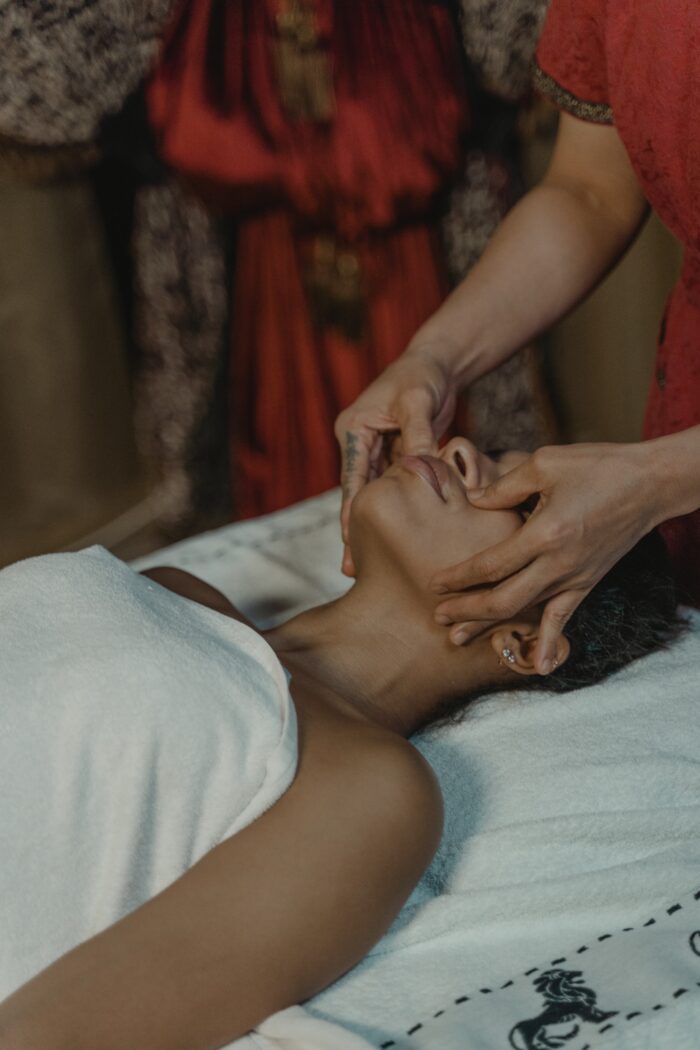 Massages, chakra balancing, rolling, craniosacral therapy and reflexology are all bodywork techniques utilised to turn off your stress hormones and allow your body to relax and heal. We often need to somatically release toxic stored emotions, and bodywork allows us to do in a graceful way. These therapies have been known to help release deep trauma and tension and by doing so, the body can start to heal and recover.
Massages, chakra balancing, rolling, craniosacral therapy and reflexology are all bodywork techniques utilised to turn off your stress hormones and allow your body to relax and heal. We often need to somatically release toxic stored emotions, and bodywork allows us to do in a graceful way. These therapies have been known to help release deep trauma and tension and by doing so, the body can start to heal and recover.
9. Dance or sing it out
 Trying to constantly juggle being productive, staying physically and mentally active and social, on top of work or other related stresses can be draining on our nervous system. In turn our bodies look for ways to release this built up energy and tension. You don’t have to be the next Beyonce to enjoy the healing benefits of song and dance, your body and mind will love you back equally the same. Expressive dance works to calm and regulate the nervous system, releasing and reducing stress built up in the brain and body. So the next time you are feeling overwhelmed, belt out your favourite tune in the car or expressive dance moves as an alternative therapy.
Trying to constantly juggle being productive, staying physically and mentally active and social, on top of work or other related stresses can be draining on our nervous system. In turn our bodies look for ways to release this built up energy and tension. You don’t have to be the next Beyonce to enjoy the healing benefits of song and dance, your body and mind will love you back equally the same. Expressive dance works to calm and regulate the nervous system, releasing and reducing stress built up in the brain and body. So the next time you are feeling overwhelmed, belt out your favourite tune in the car or expressive dance moves as an alternative therapy.
10. Play on the senses
 The five senses collect information about the surrounding environment that is then interpreted by the brain. However, sometimes information overload drives our nervous system into an overactive state. De-stressing through playing on the senses allows you to de-regulate your nervous system and calm the mind back into the present moment.
The five senses collect information about the surrounding environment that is then interpreted by the brain. However, sometimes information overload drives our nervous system into an overactive state. De-stressing through playing on the senses allows you to de-regulate your nervous system and calm the mind back into the present moment.
1. Listen:
 Listen to relaxing music or meditative music works to calm your nervous system. inc.com‘s study article, explains how Neuroscience says listening to a particular song reduces anxiety by up to 65 percent.
Listen to relaxing music or meditative music works to calm your nervous system. inc.com‘s study article, explains how Neuroscience says listening to a particular song reduces anxiety by up to 65 percent.
Sound therapies have been around for centuries, including in indigenous cultures, where arranged harmonies, rhythms, and bass lines were utilised to slow a listener’s heart rate, reduce blood pressure and lower levels of the stress hormone cortisol.
A list of 10 tracks by Dr. David Lewis-Hodgson “Weightless,” resulted in a striking 65 percent reduction in participants’ overall anxiety, and a 35 percent reduction in their usual physiological resting rates.
Sound therapy using Tibetan singing bowls are another option to heal through listening. Utilising a type of bell that vibrates and produces a rich, deep tone when played, the healing bowls are used to strengthen meditation, healing and spirituality.
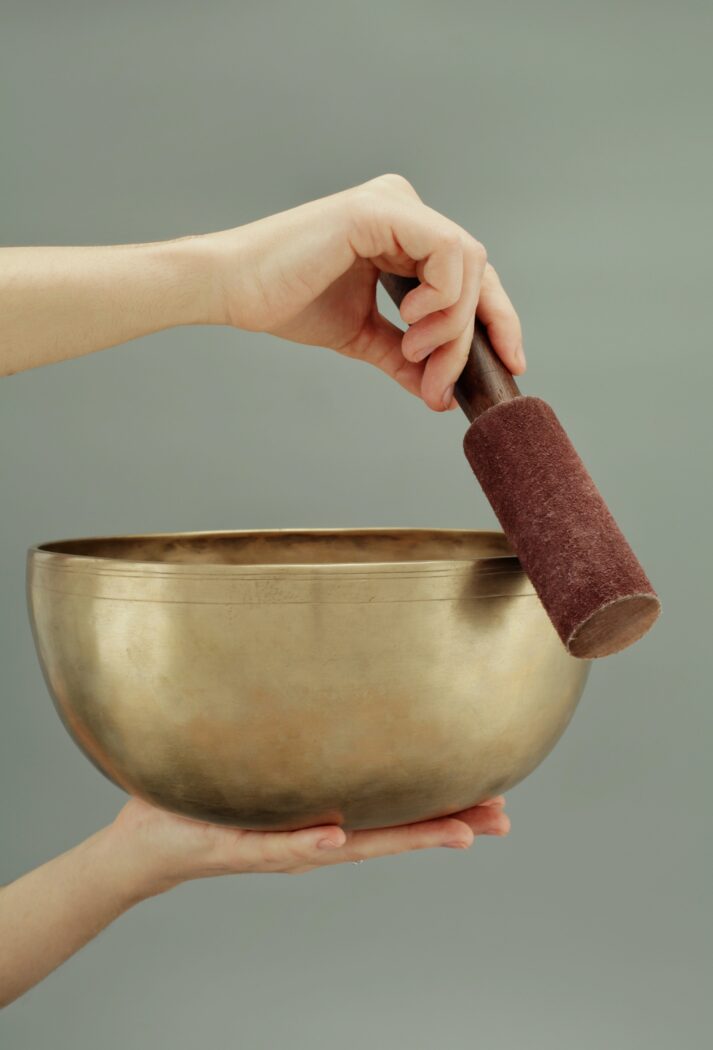
2. Smell:
 Aromatherapy is the use of aromatic plant extracts and essential oils for healing and cosmetic purposes. The healing benefits of aromatherapy, work to promote health and well-being. Sometimes called essential oil therapy, aromatic essential oils are used to medicinally improve the health of the body, mind, and spirit. Enhances both physical and emotional health, this can be utilised through candles and essential oils that also trigger memories and transform mood.
Aromatherapy is the use of aromatic plant extracts and essential oils for healing and cosmetic purposes. The healing benefits of aromatherapy, work to promote health and well-being. Sometimes called essential oil therapy, aromatic essential oils are used to medicinally improve the health of the body, mind, and spirit. Enhances both physical and emotional health, this can be utilised through candles and essential oils that also trigger memories and transform mood.
Aroma grounds us and make us feel more relaxed, working as a defence of healing for the nervous system. Common essential oils vary from eucalyptus, chamomile, frankincense, lemongrass, lavender and more.
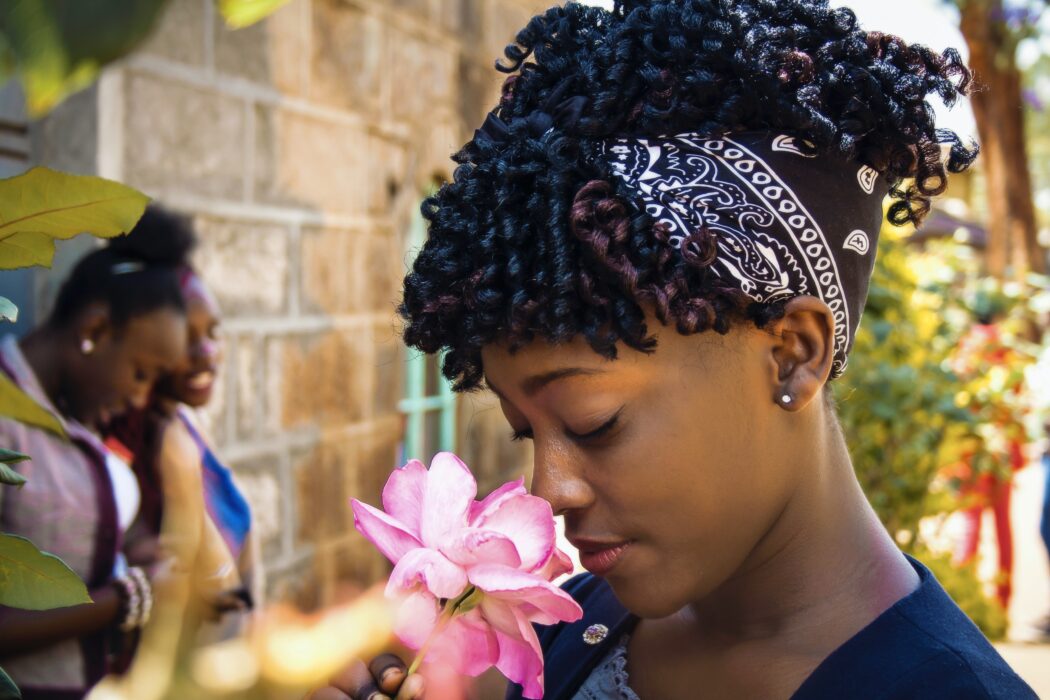
3. Taste:
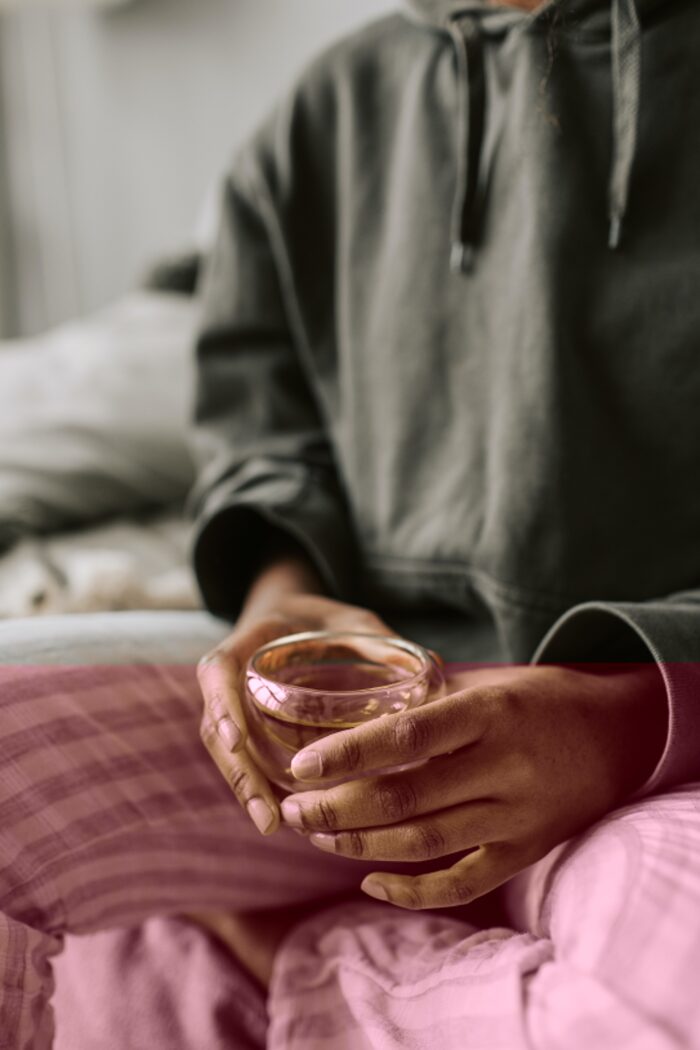 A warm cup of herbal tea is the perfect taste sensation to help calm the sympathetic nervous system. Both the taste and warmth of tea as you’re holding it, and tasting the aromatic flavours, usher in feelings of comfort and relaxation.
A warm cup of herbal tea is the perfect taste sensation to help calm the sympathetic nervous system. Both the taste and warmth of tea as you’re holding it, and tasting the aromatic flavours, usher in feelings of comfort and relaxation.
4. Feel:
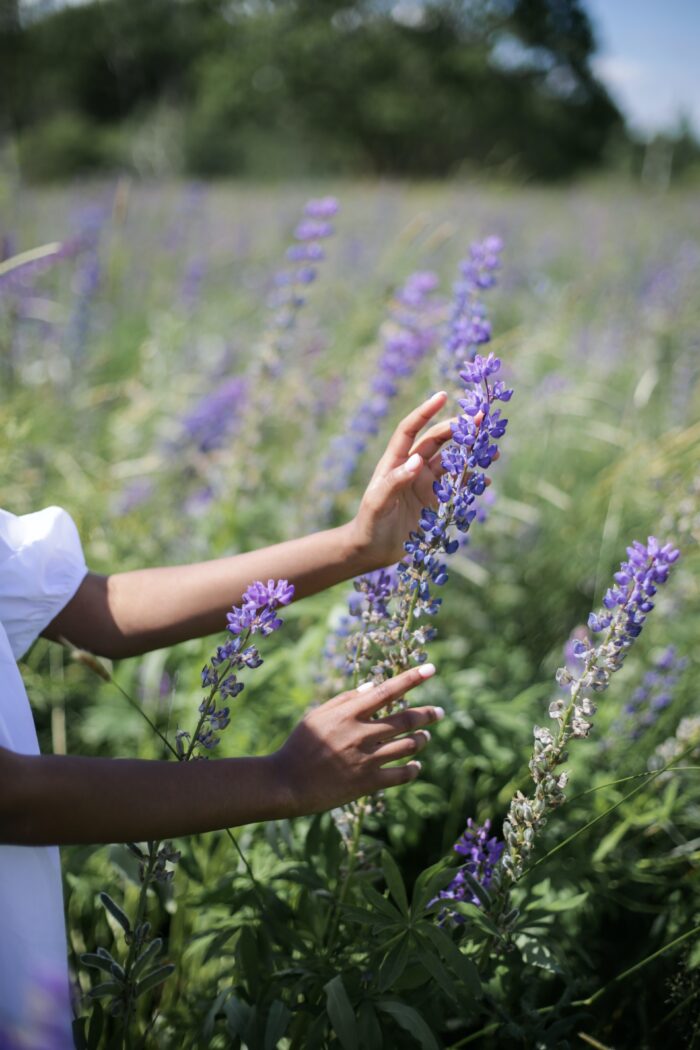 The first sense that humans develop, also influences our decisions when we relate a texture to a believed concept. Patting animals, walking barefoot, enjoying an epsom salt bath or sitting in sunlight releases oxytocin through feeling safe and warm. Oxytocin is the brains direct antidote to the stress hormone cortisol.
The first sense that humans develop, also influences our decisions when we relate a texture to a believed concept. Patting animals, walking barefoot, enjoying an epsom salt bath or sitting in sunlight releases oxytocin through feeling safe and warm. Oxytocin is the brains direct antidote to the stress hormone cortisol.

5. Sight:
 Spending time in nature and focusing upon non-stimulating material help to heal and release added anxiety from the nervous system. Spend time away from any technology and instead give your eyes a break with examples of enjoying sunsets, beach time or opting for journaling or reading.
Spending time in nature and focusing upon non-stimulating material help to heal and release added anxiety from the nervous system. Spend time away from any technology and instead give your eyes a break with examples of enjoying sunsets, beach time or opting for journaling or reading.
In an age inundated with supplemental stresses, the need to pay attention and care toward our nervous system is more prevalent than ever. Healing and de-regulating an overactive or impaired nervous system is an unremitting process, nevertheless, through repetition and consistency, you can work to bring your body back to balance and help to heal an overstimulated nervous system.




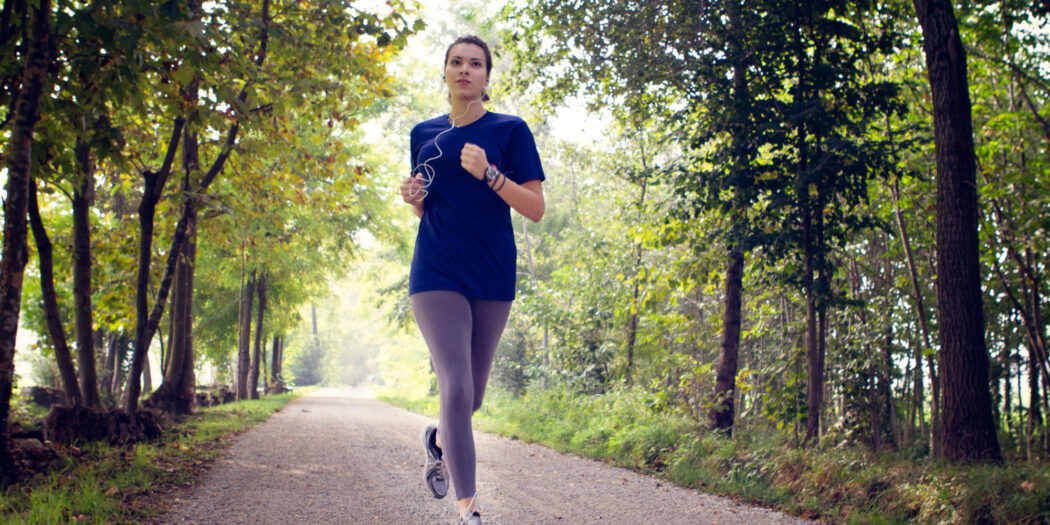

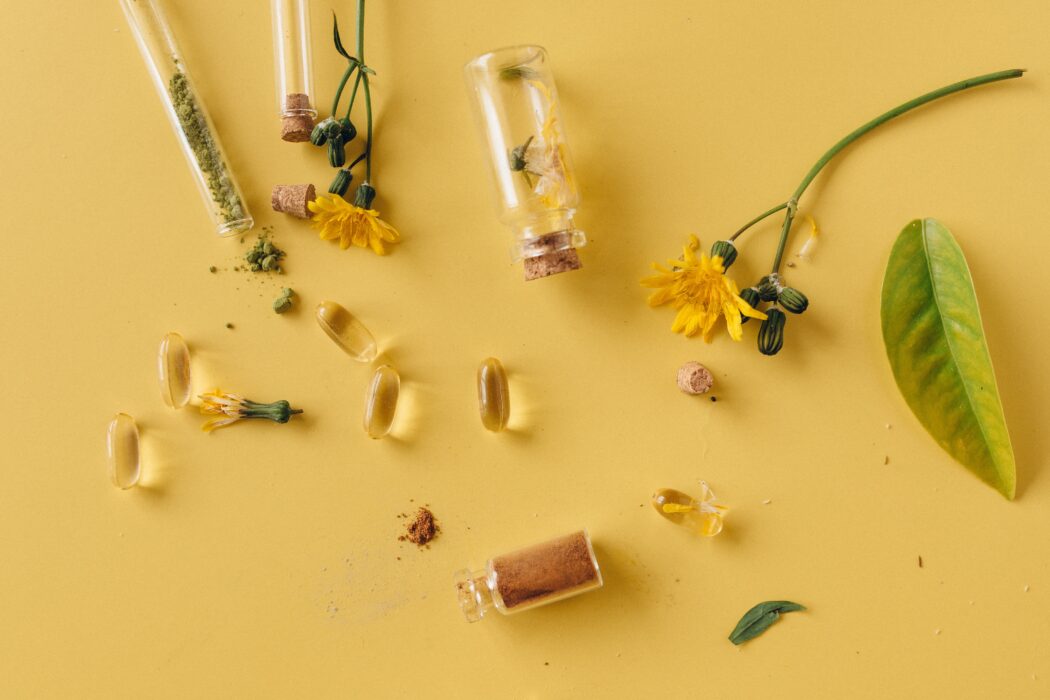

 It is the repeated, as well as the tried and true, magic of
It is the repeated, as well as the tried and true, magic of  Opting for a cold shower or an ocean swim, will kickstart repair and healing in your body and nervous system. Cold water stimulates the immune system and activates the vagus nerve, reducing stress response. The vagus nerve is apart of the autonomic nervous system, connecting the brain to our digestive tract and working as a highway between brain and gut.
Opting for a cold shower or an ocean swim, will kickstart repair and healing in your body and nervous system. Cold water stimulates the immune system and activates the vagus nerve, reducing stress response. The vagus nerve is apart of the autonomic nervous system, connecting the brain to our digestive tract and working as a highway between brain and gut. We have all been ingrained with the ineradicable importance of
We have all been ingrained with the ineradicable importance of 

 Often when we feel stressed or our mind is running wild, we opt for cardio or high-intensity workouts to burn off steam. While this can be an option, many may find it too stimulating, and in whole, taking a greater toll on their adrenals and nervous system. Grounding exercises , such as walking, yoga and pilates may be more beneficial for somebody stuck in their fight-or-flight stress response. Remember that, stress (cortisol) is addictive, so many crave to continue their imbalance. Weightlifting is also said to be beneficial for the nervous system, offering proprioceptive input. Fast running or high impact activities such as kick-boxing continue to stimulate an overactive nervous system rather then de-regulate it.
Often when we feel stressed or our mind is running wild, we opt for cardio or high-intensity workouts to burn off steam. While this can be an option, many may find it too stimulating, and in whole, taking a greater toll on their adrenals and nervous system. Grounding exercises , such as walking, yoga and pilates may be more beneficial for somebody stuck in their fight-or-flight stress response. Remember that, stress (cortisol) is addictive, so many crave to continue their imbalance. Weightlifting is also said to be beneficial for the nervous system, offering proprioceptive input. Fast running or high impact activities such as kick-boxing continue to stimulate an overactive nervous system rather then de-regulate it. Acupuncture has been utilised for millennia to regulate the nervous system and treat many diseases in relation. Acupuncture points stimulate the nervous system, creating chemicals and energy that encourage a parasympathetic response throughout the body, switching on the bodies natural healing abilities.
Acupuncture has been utilised for millennia to regulate the nervous system and treat many diseases in relation. Acupuncture points stimulate the nervous system, creating chemicals and energy that encourage a parasympathetic response throughout the body, switching on the bodies natural healing abilities. Massages, chakra balancing, rolling, craniosacral therapy and reflexology are all bodywork techniques utilised to turn off your stress hormones and allow your body to relax and heal. We often need to somatically release toxic stored emotions, and bodywork allows us to do in a graceful way. These therapies have been known to help release deep trauma and tension and by doing so, the body can start to heal and recover.
Massages, chakra balancing, rolling, craniosacral therapy and reflexology are all bodywork techniques utilised to turn off your stress hormones and allow your body to relax and heal. We often need to somatically release toxic stored emotions, and bodywork allows us to do in a graceful way. These therapies have been known to help release deep trauma and tension and by doing so, the body can start to heal and recover. Trying to constantly juggle being productive, staying physically and mentally active and social, on top of work or other related stresses can be draining on our nervous system. In turn our bodies look for ways to release this built up energy and tension. You don’t have to be the next Beyonce to enjoy the healing benefits of song and dance, your body and mind will love you back equally the same. Expressive dance works to calm and regulate the nervous system, releasing and reducing stress built up in the brain and body. So the next time you are feeling overwhelmed, belt out your favourite tune in the car or expressive dance moves as an alternative therapy.
Trying to constantly juggle being productive, staying physically and mentally active and social, on top of work or other related stresses can be draining on our nervous system. In turn our bodies look for ways to release this built up energy and tension. You don’t have to be the next Beyonce to enjoy the healing benefits of song and dance, your body and mind will love you back equally the same. Expressive dance works to calm and regulate the nervous system, releasing and reducing stress built up in the brain and body. So the next time you are feeling overwhelmed, belt out your favourite tune in the car or expressive dance moves as an alternative therapy. The five senses collect information about the surrounding environment that is then interpreted by the brain. However, sometimes information overload drives our nervous system into an overactive state. De-stressing through playing on the senses allows you to de-regulate your nervous system and calm the mind back into the present moment.
The five senses collect information about the surrounding environment that is then interpreted by the brain. However, sometimes information overload drives our nervous system into an overactive state. De-stressing through playing on the senses allows you to de-regulate your nervous system and calm the mind back into the present moment. Listen to relaxing music or meditative music works to calm your nervous system.
Listen to relaxing music or meditative music works to calm your nervous system. 
 Aromatherapy is the use of
Aromatherapy is the use of
 A warm
A warm  The first sense that humans develop, also influences our decisions when we relate a texture to a believed concept. Patting animals, walking barefoot, enjoying an epsom salt bath or sitting in sunlight releases oxytocin through feeling safe and warm. Oxytocin is the brains direct antidote to the stress hormone cortisol.
The first sense that humans develop, also influences our decisions when we relate a texture to a believed concept. Patting animals, walking barefoot, enjoying an epsom salt bath or sitting in sunlight releases oxytocin through feeling safe and warm. Oxytocin is the brains direct antidote to the stress hormone cortisol.
 Spending time in nature and focusing upon non-stimulating material help to heal and release added anxiety from the nervous system. Spend time away from any technology and instead give your eyes a break with examples of enjoying sunsets, beach time or opting for journaling or reading.
Spending time in nature and focusing upon non-stimulating material help to heal and release added anxiety from the nervous system. Spend time away from any technology and instead give your eyes a break with examples of enjoying sunsets, beach time or opting for journaling or reading.
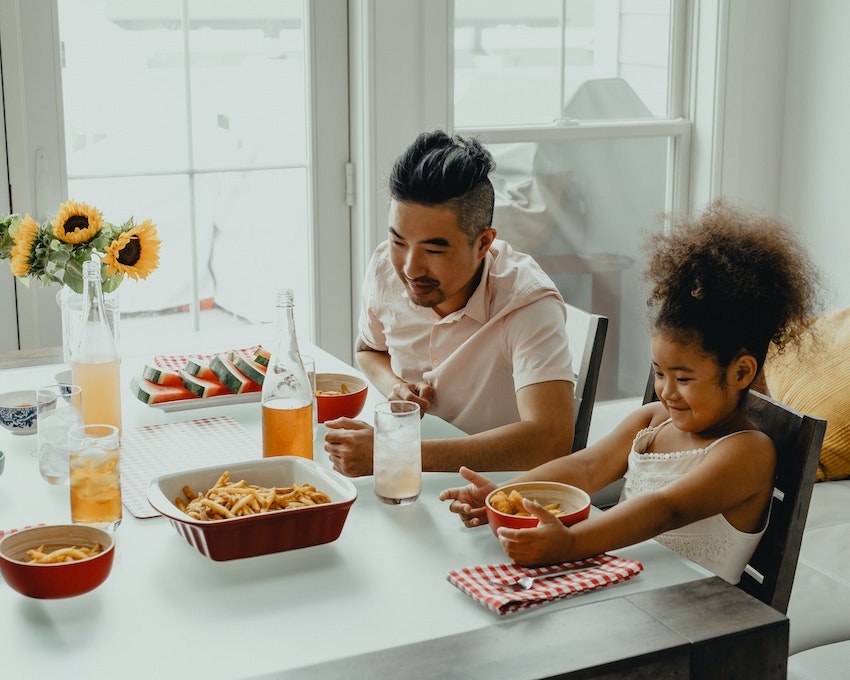
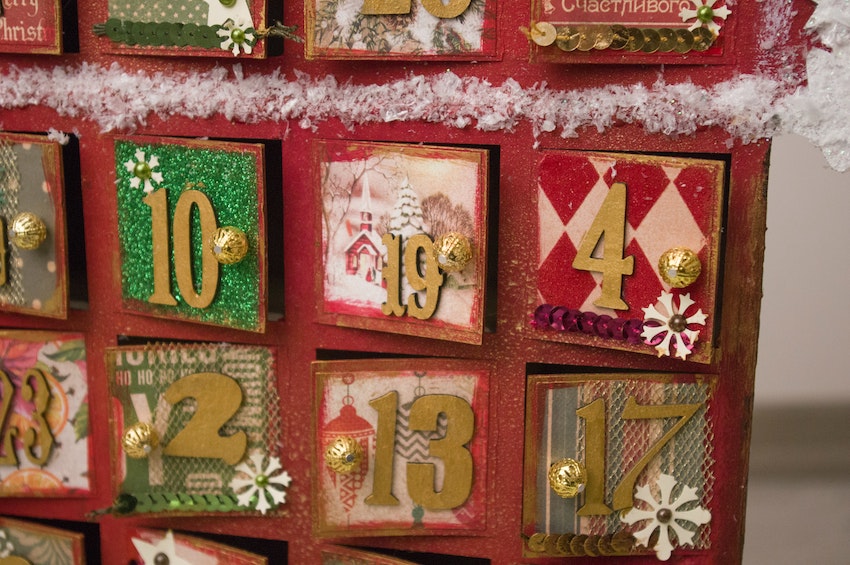


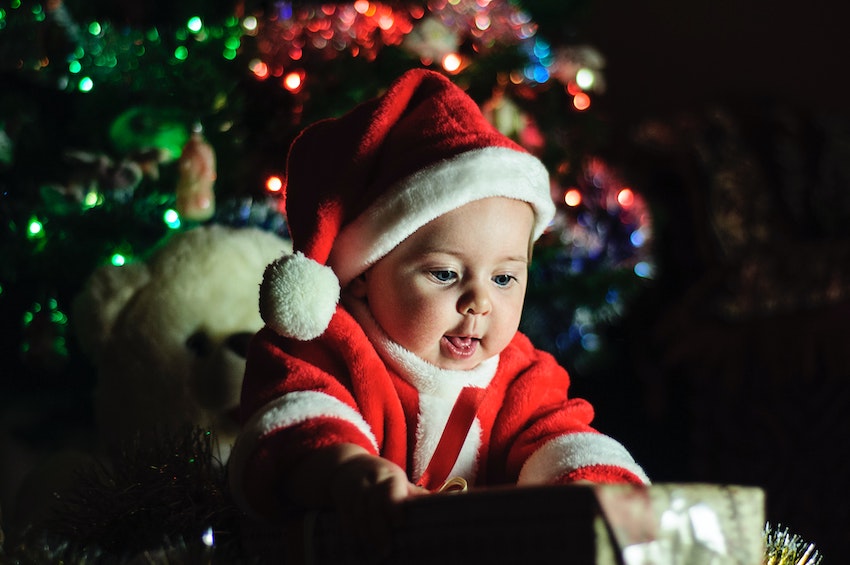
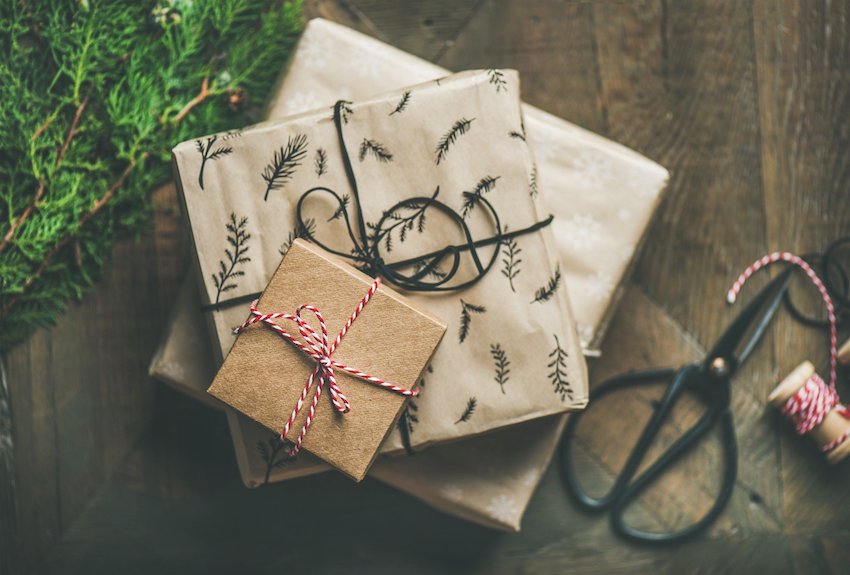
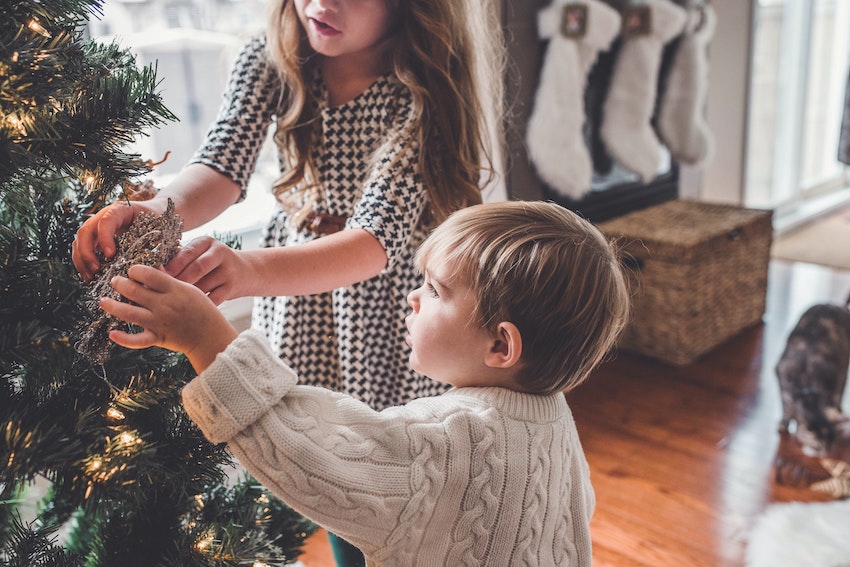

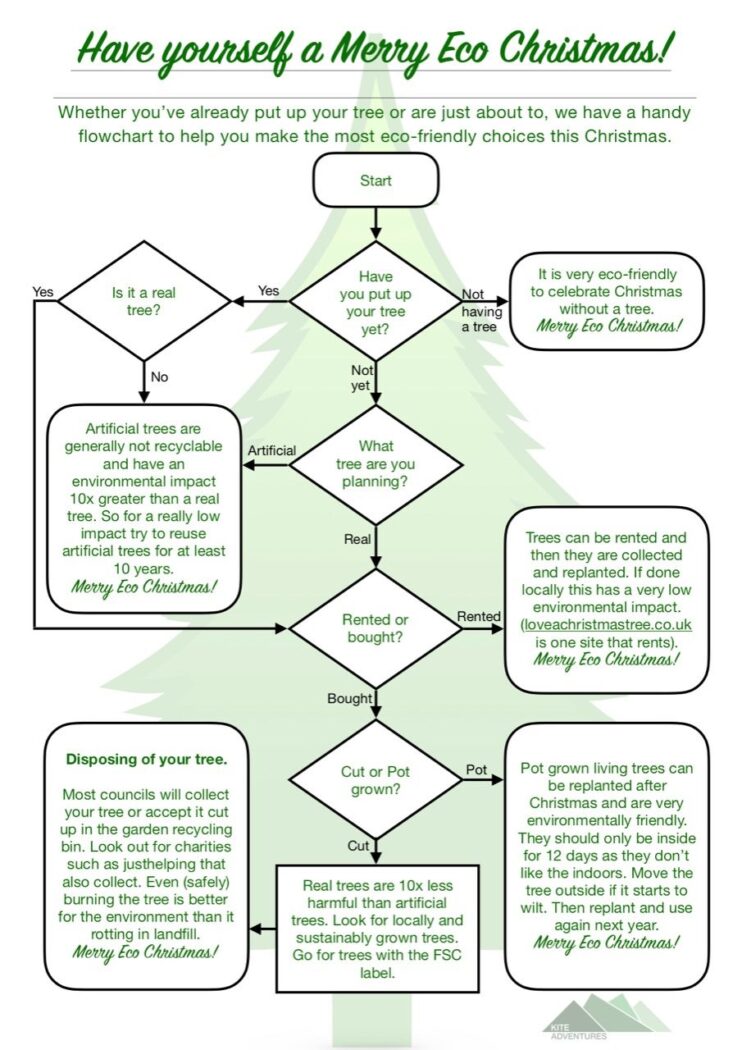

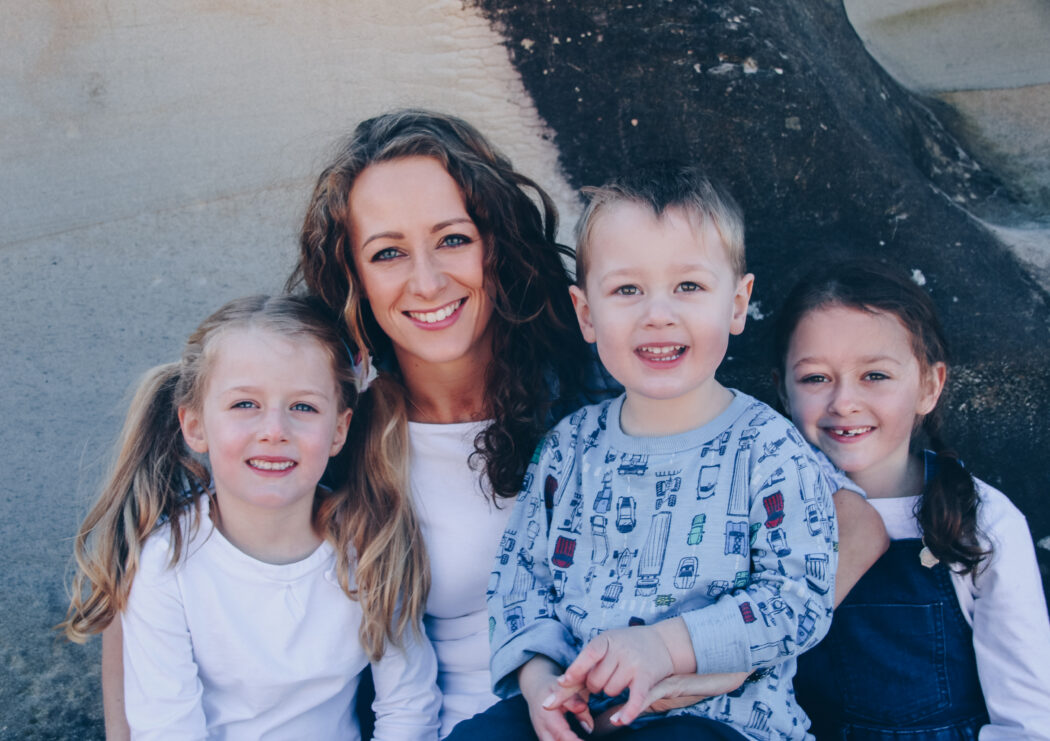
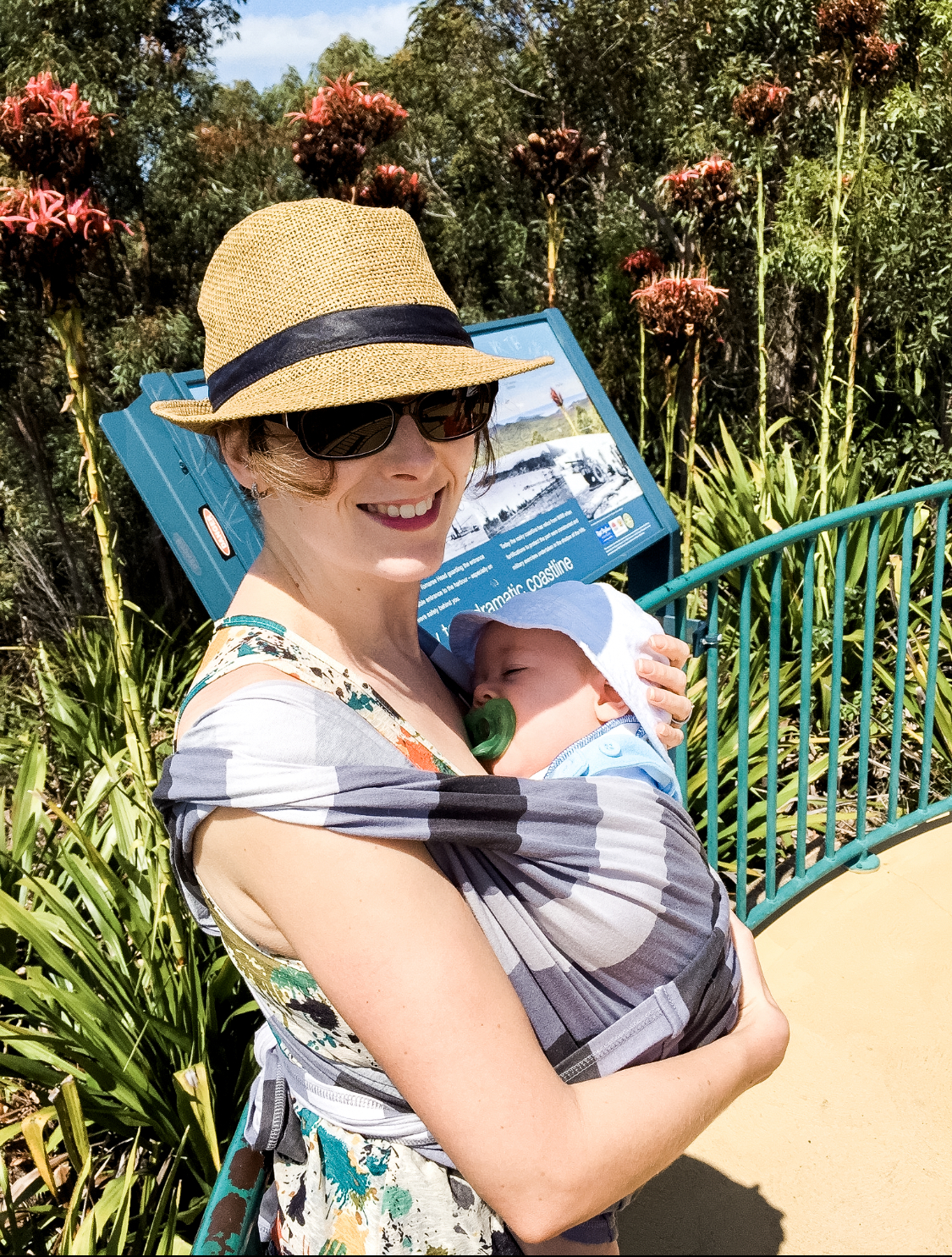
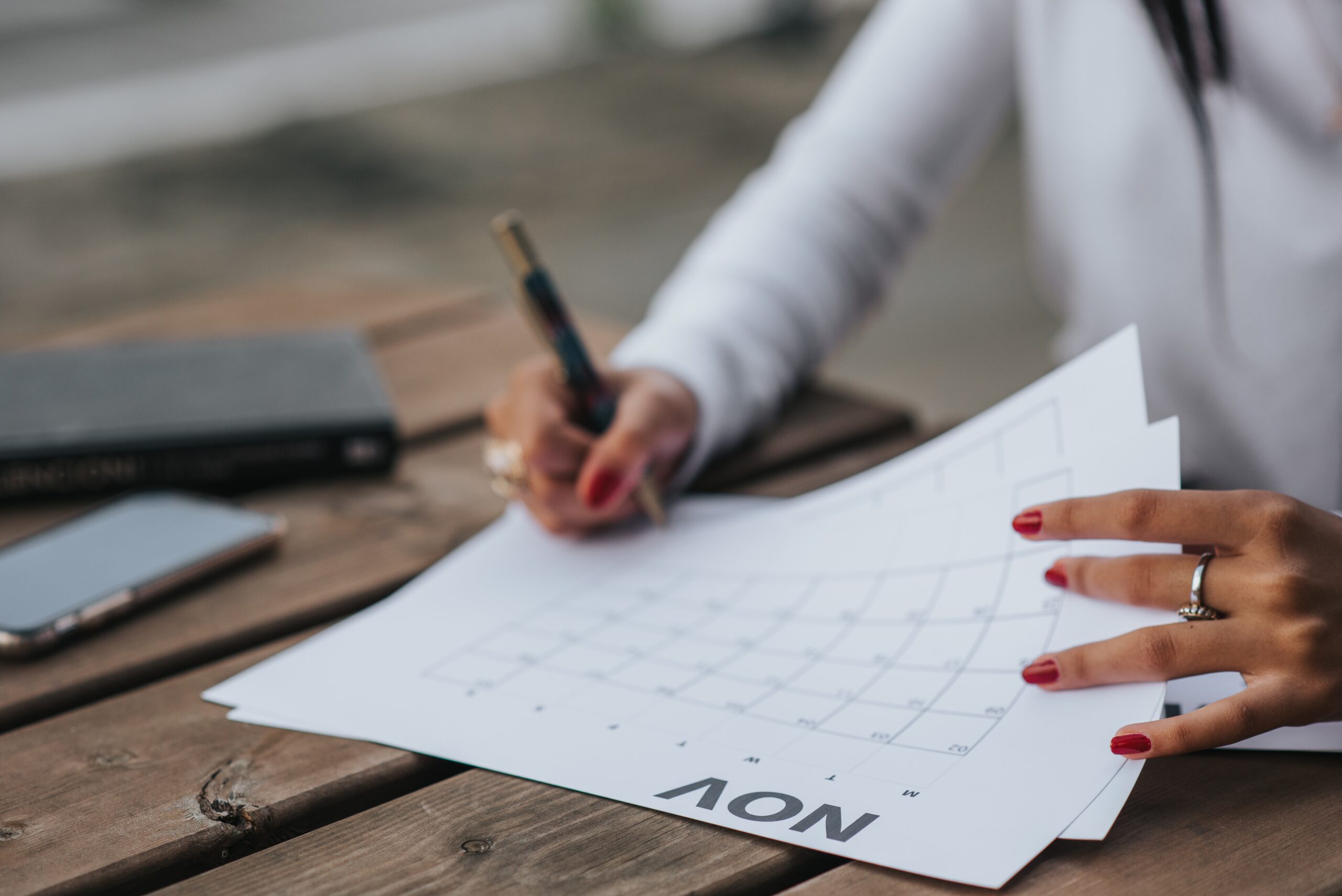
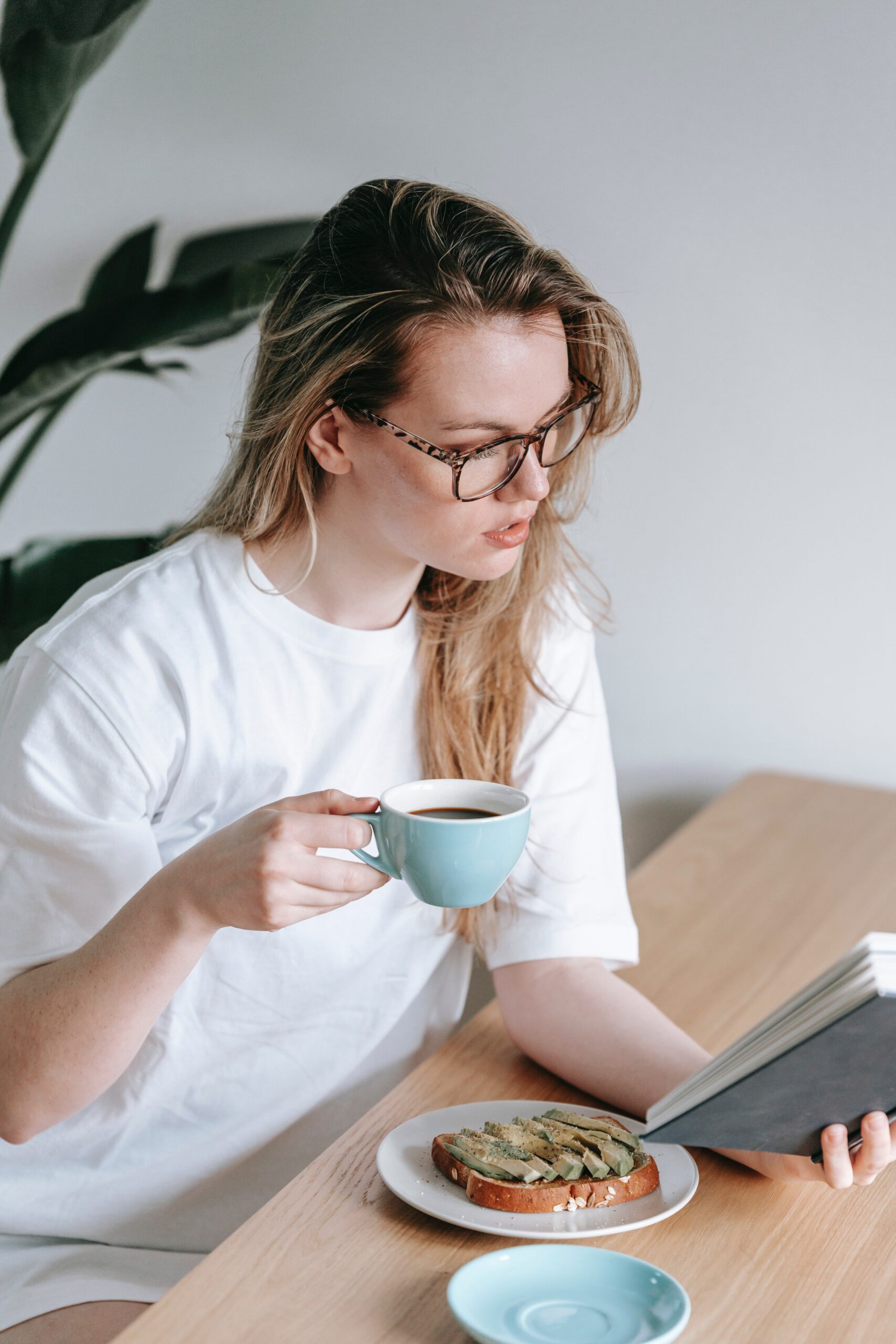





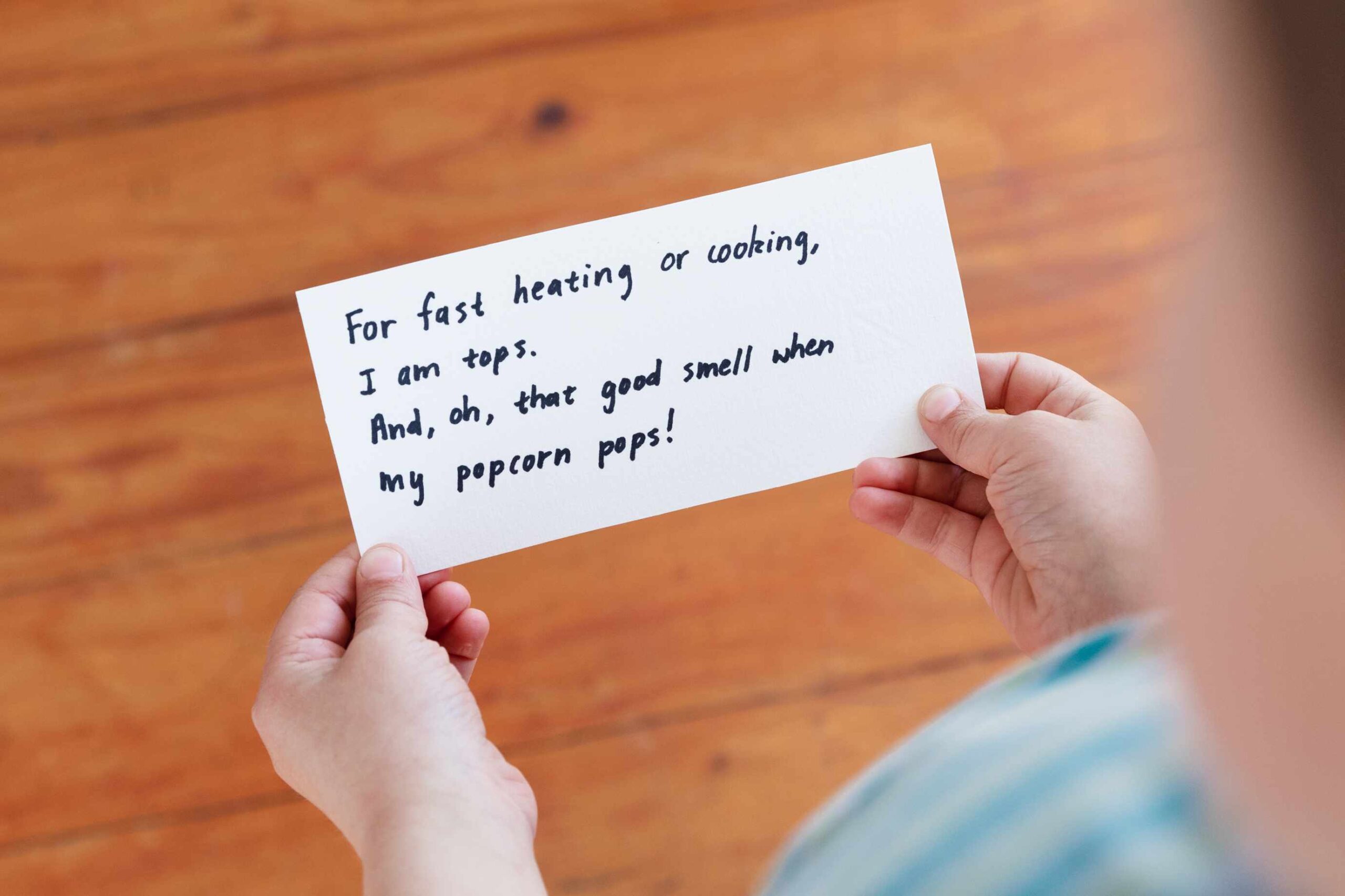

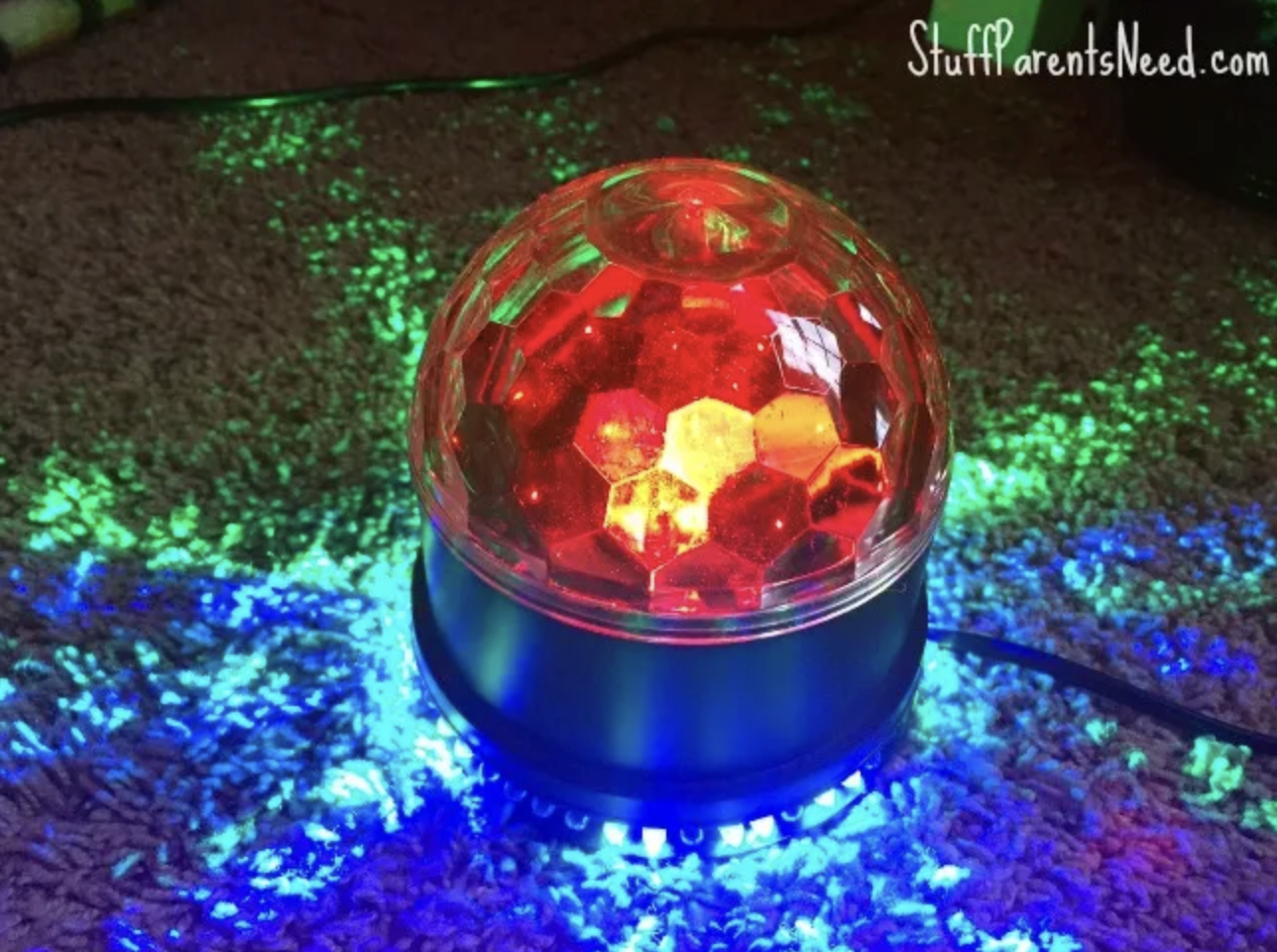

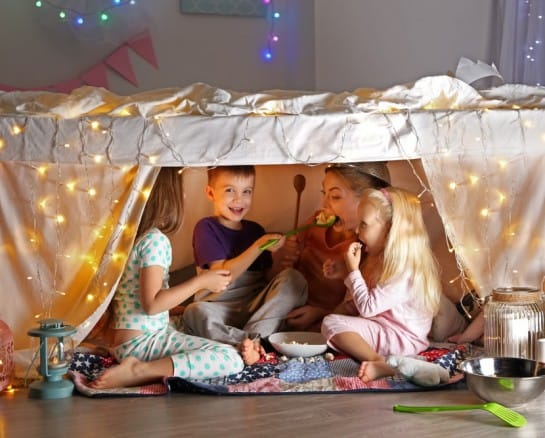
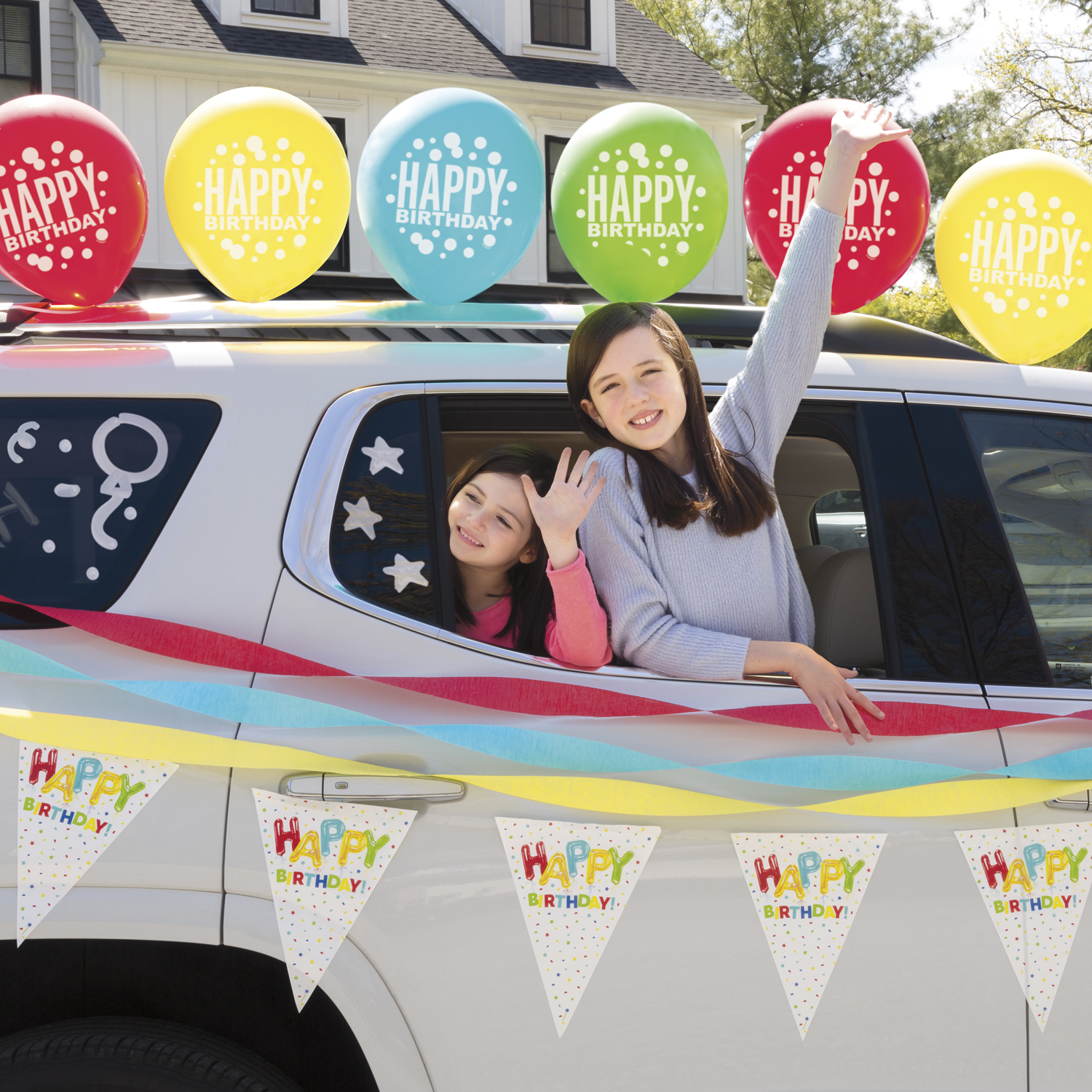
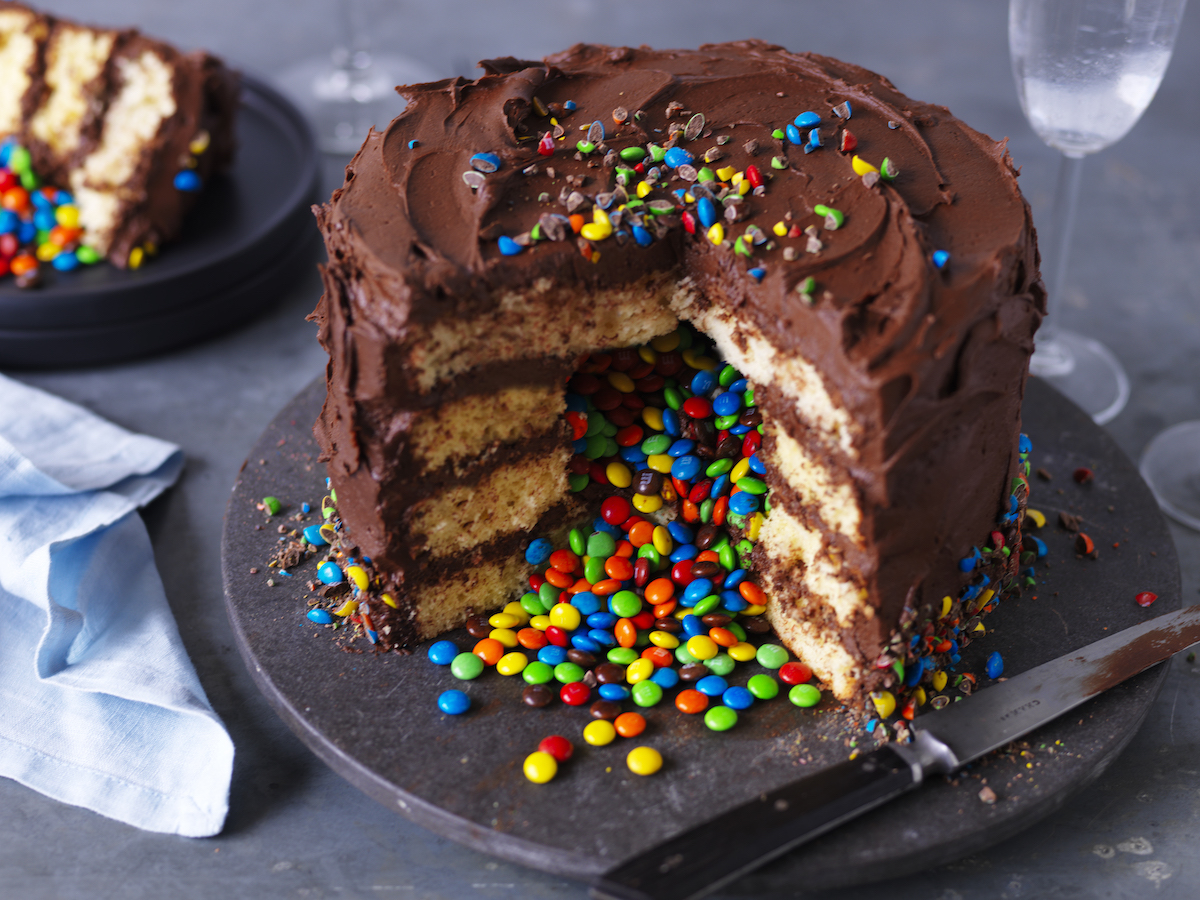

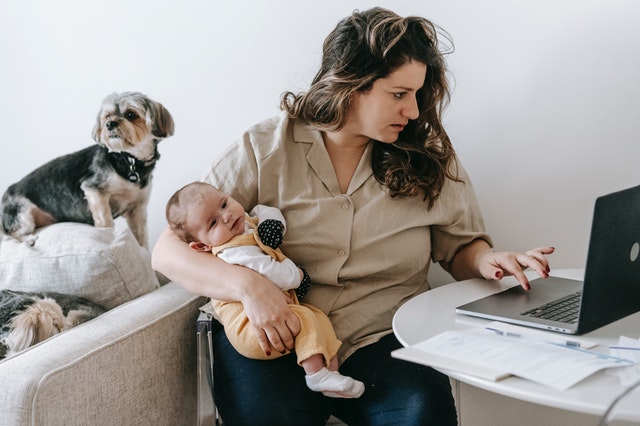
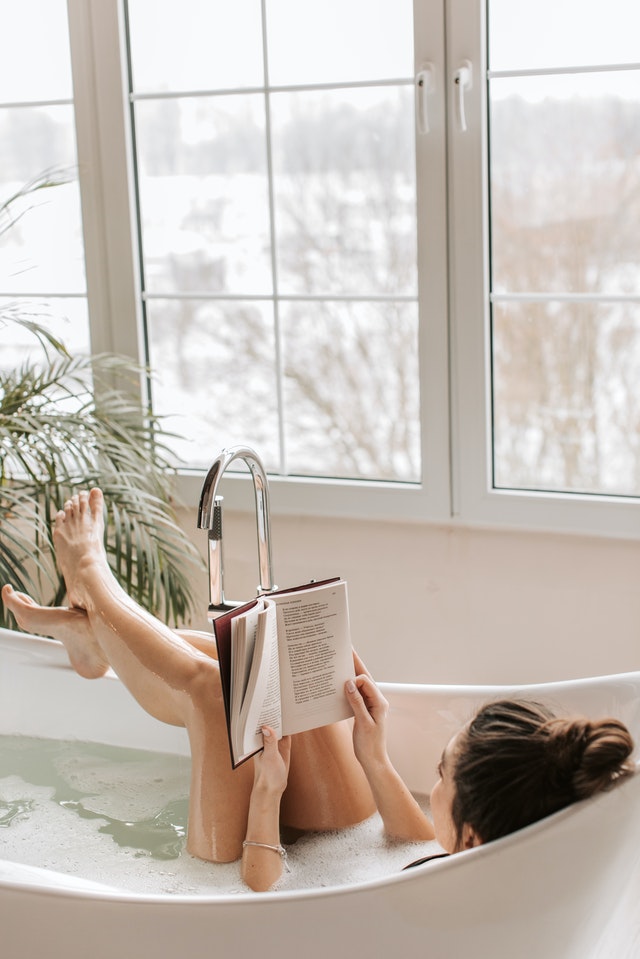


 I promise you’ll feel better. Fresh air is good for your mood and your soul, especially if it’s nice and sunny. Let the kids run and burn some energy. Move your body and breathe in the day. Bonus points if you can sit outside to meditate.
I promise you’ll feel better. Fresh air is good for your mood and your soul, especially if it’s nice and sunny. Let the kids run and burn some energy. Move your body and breathe in the day. Bonus points if you can sit outside to meditate.